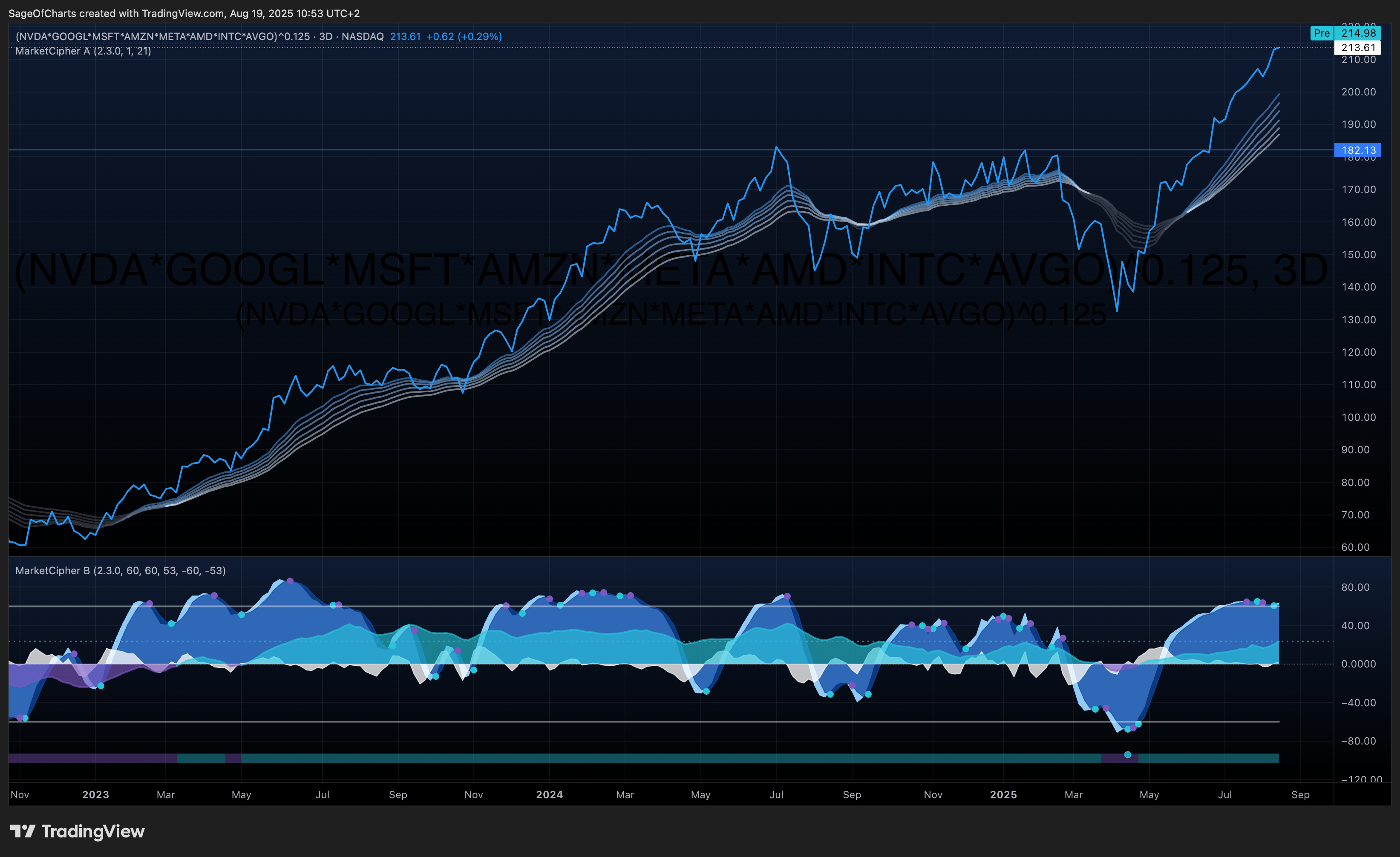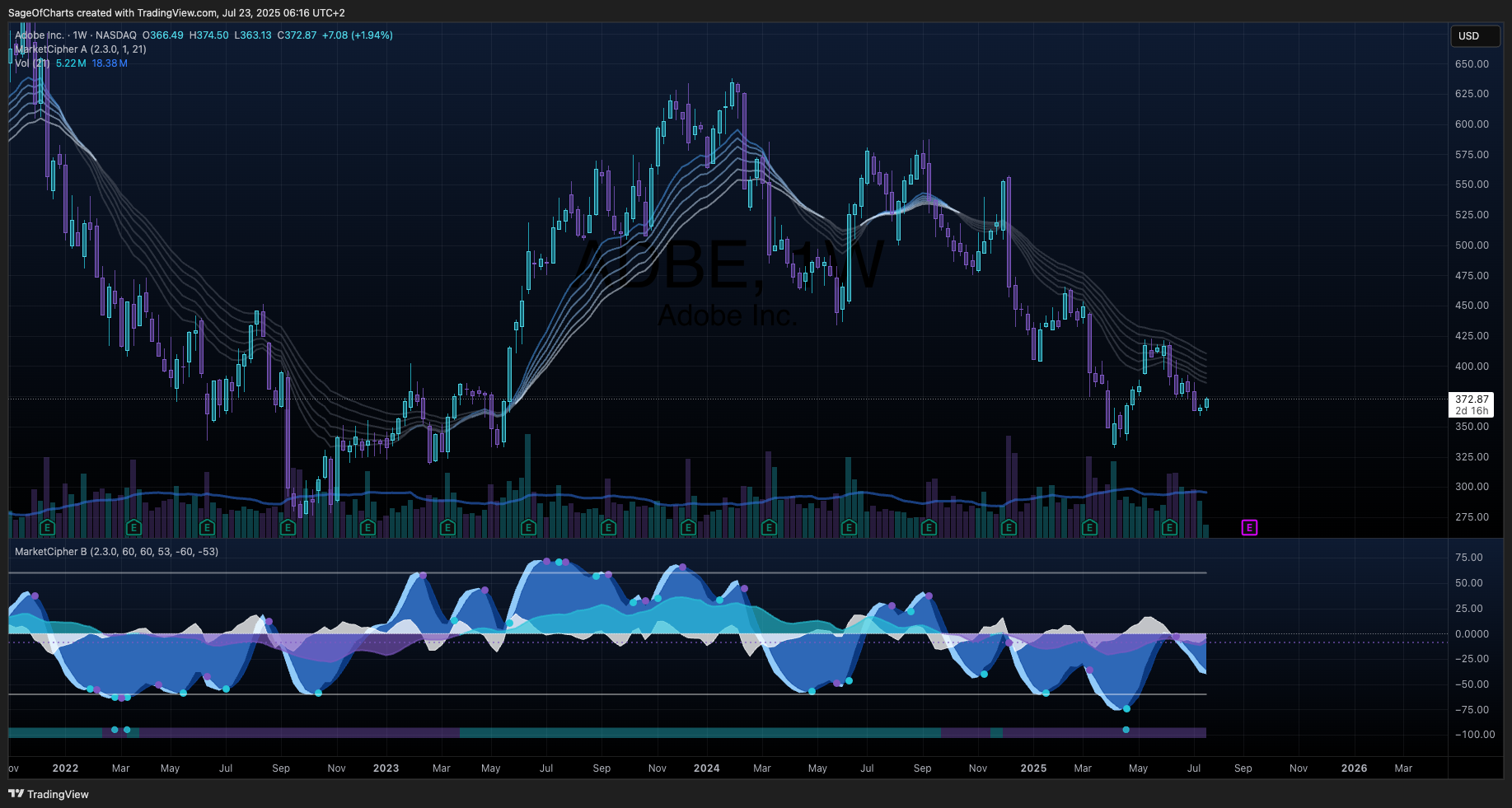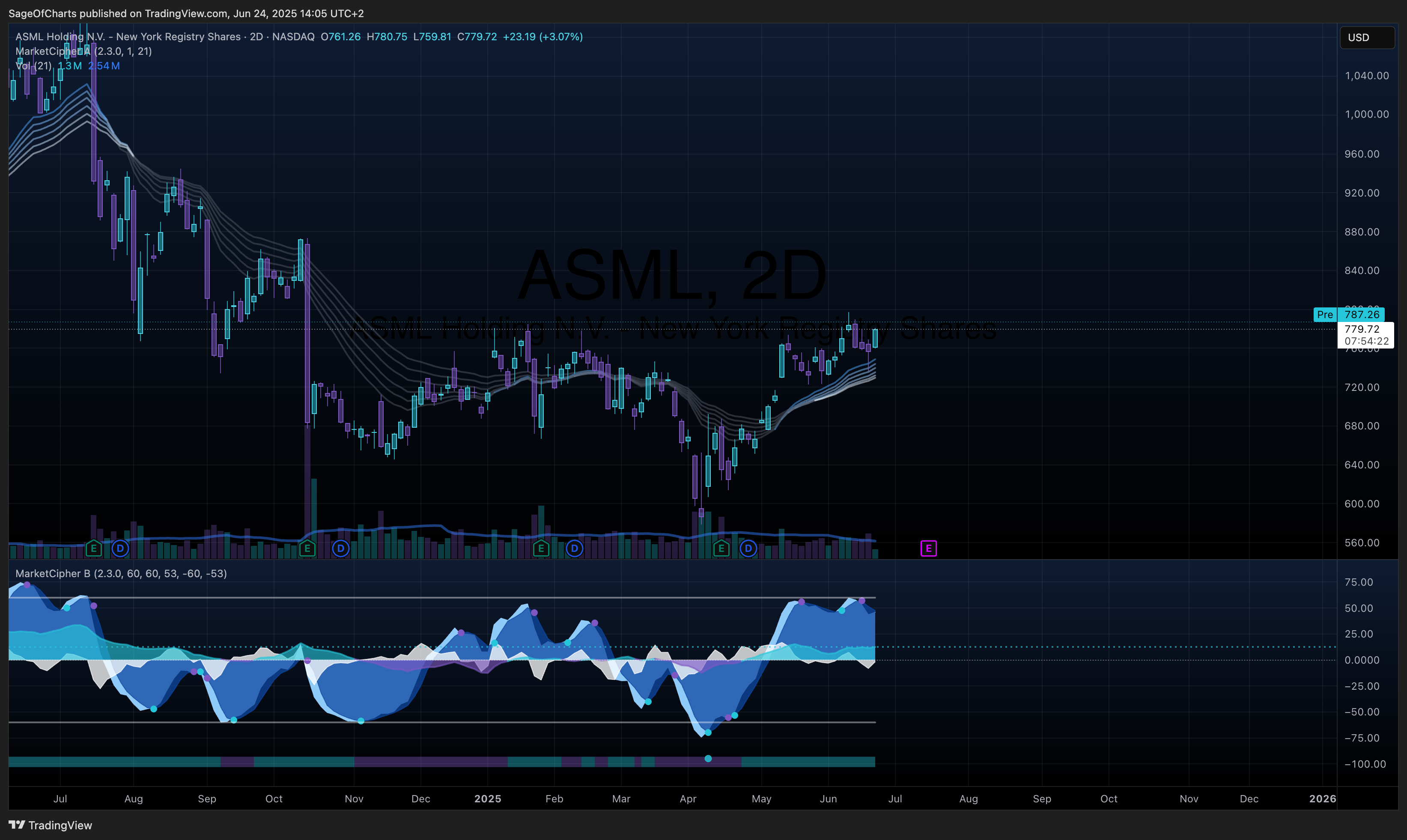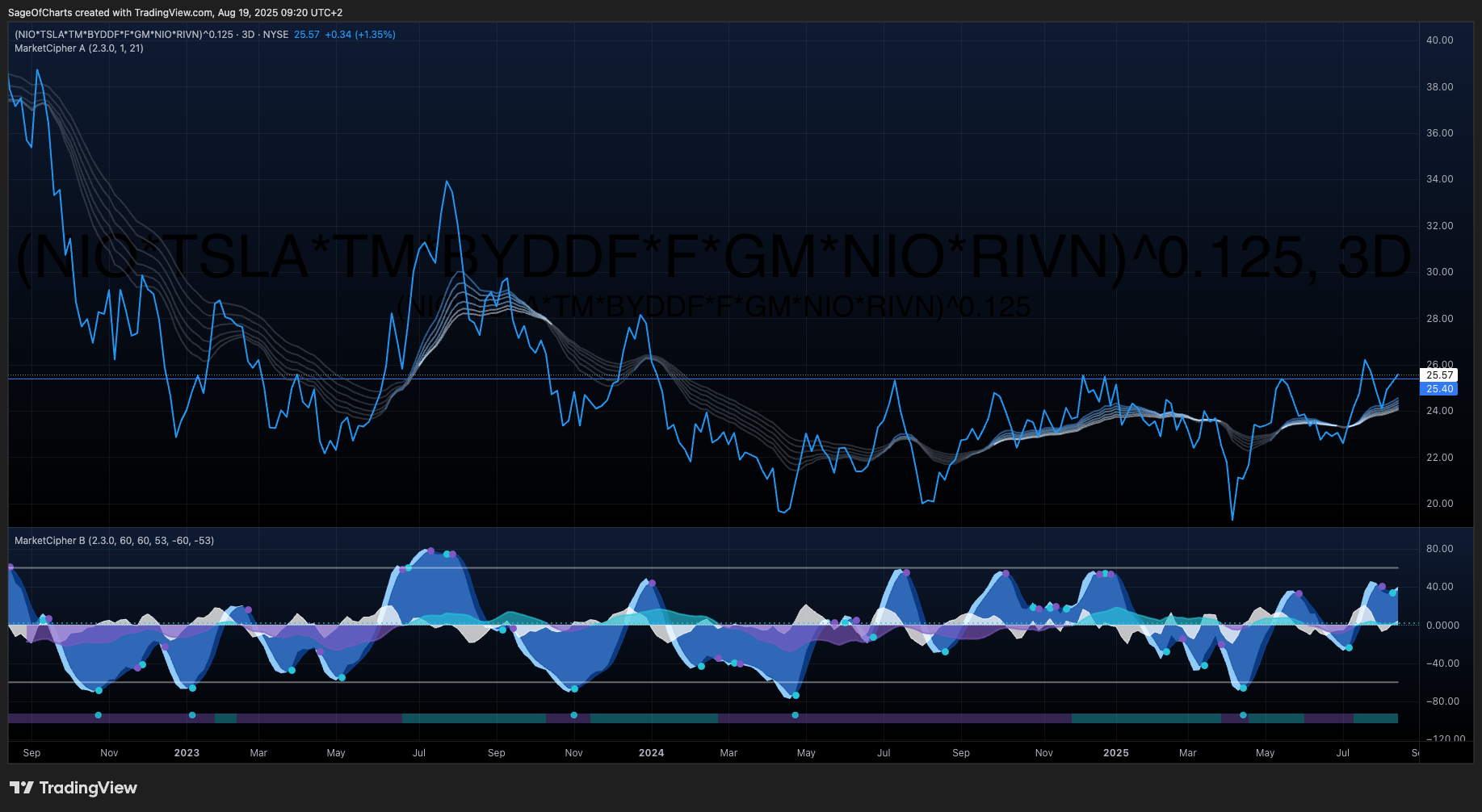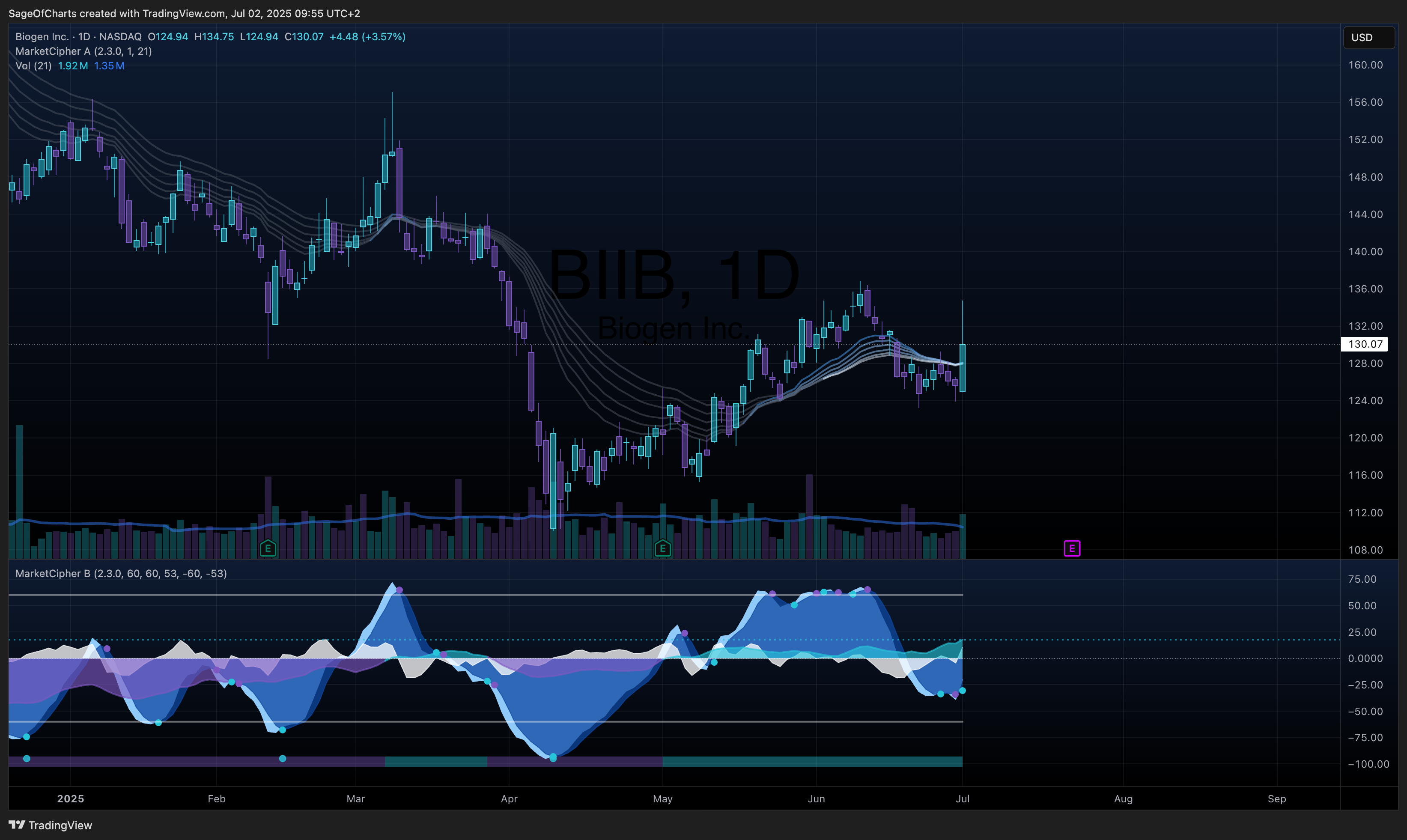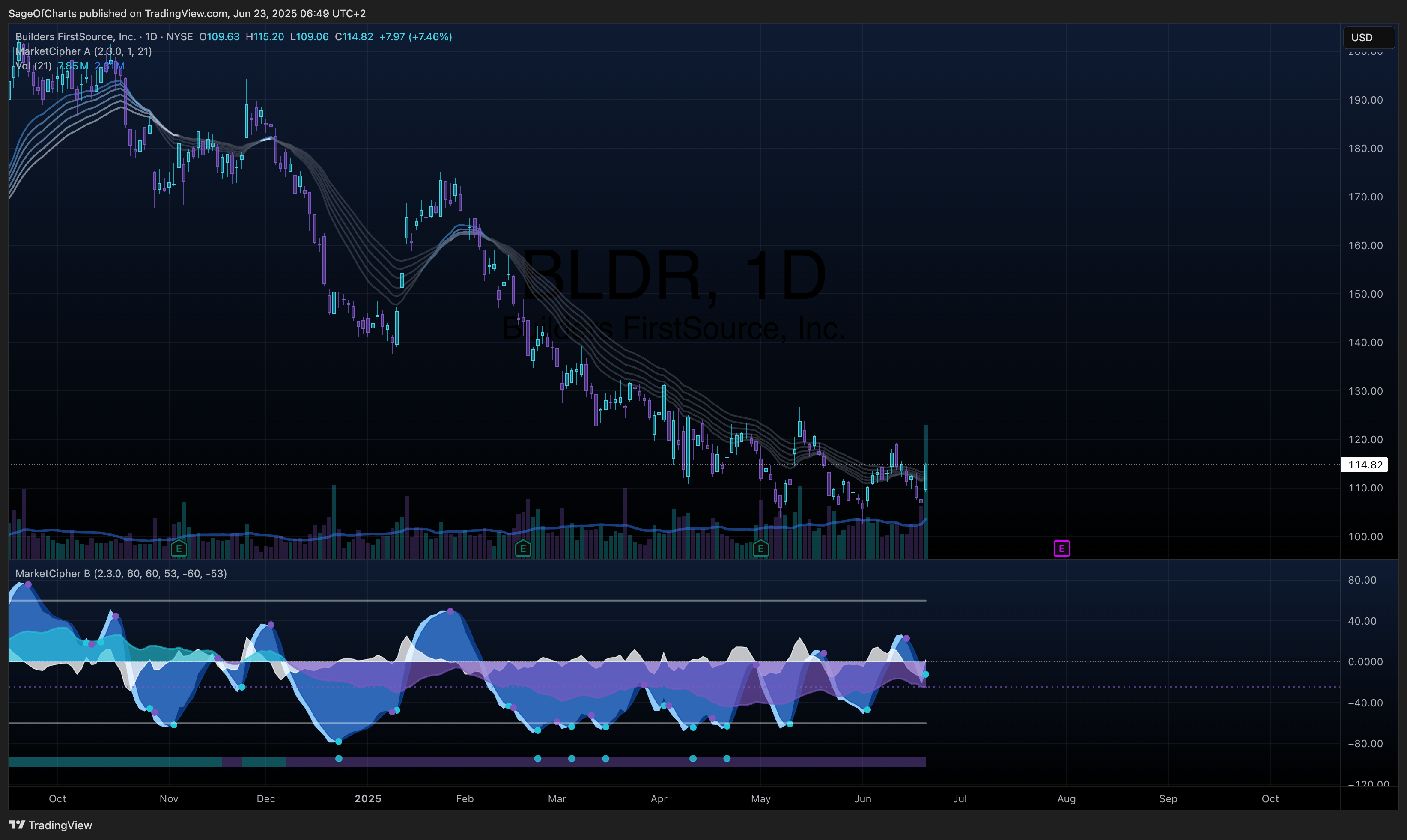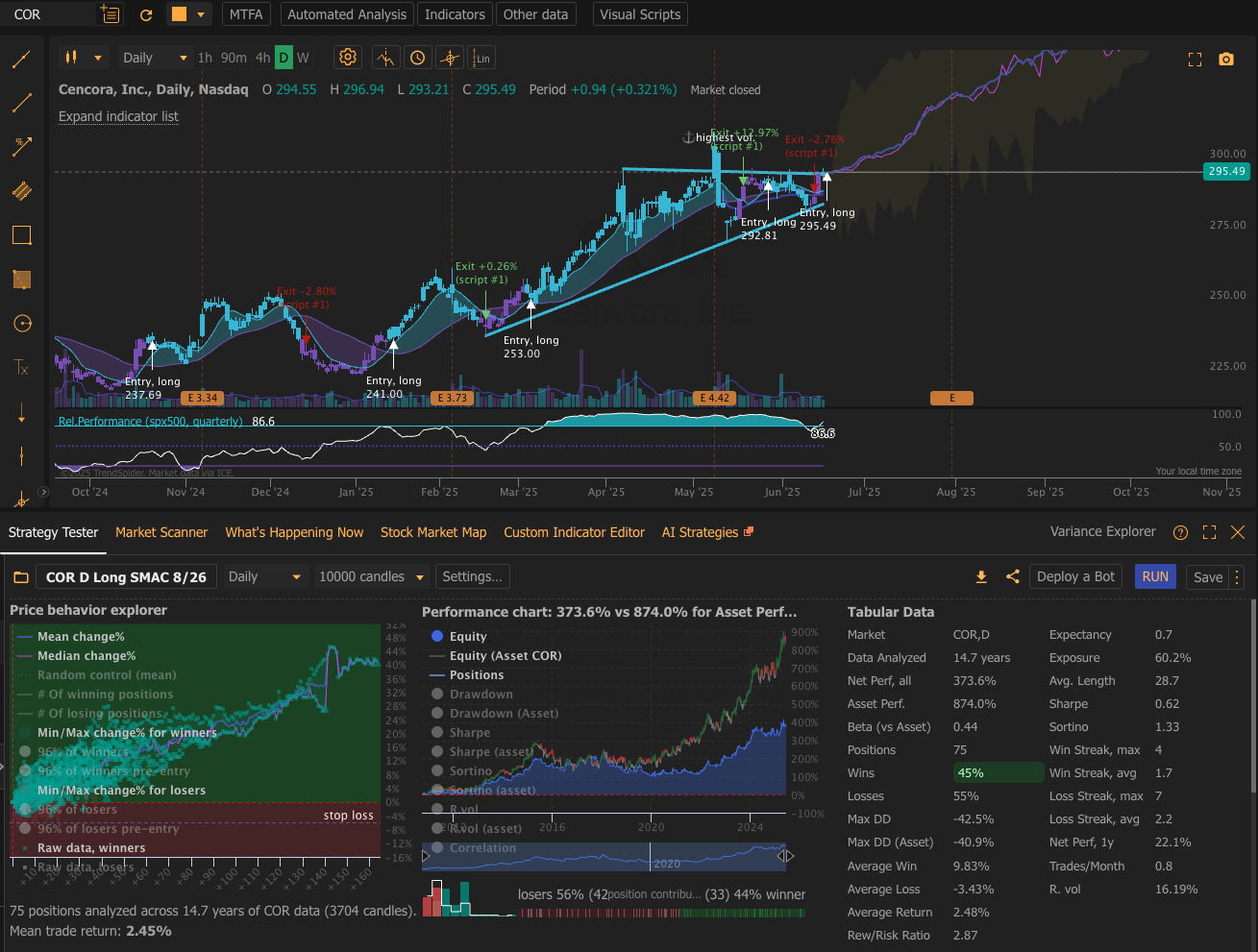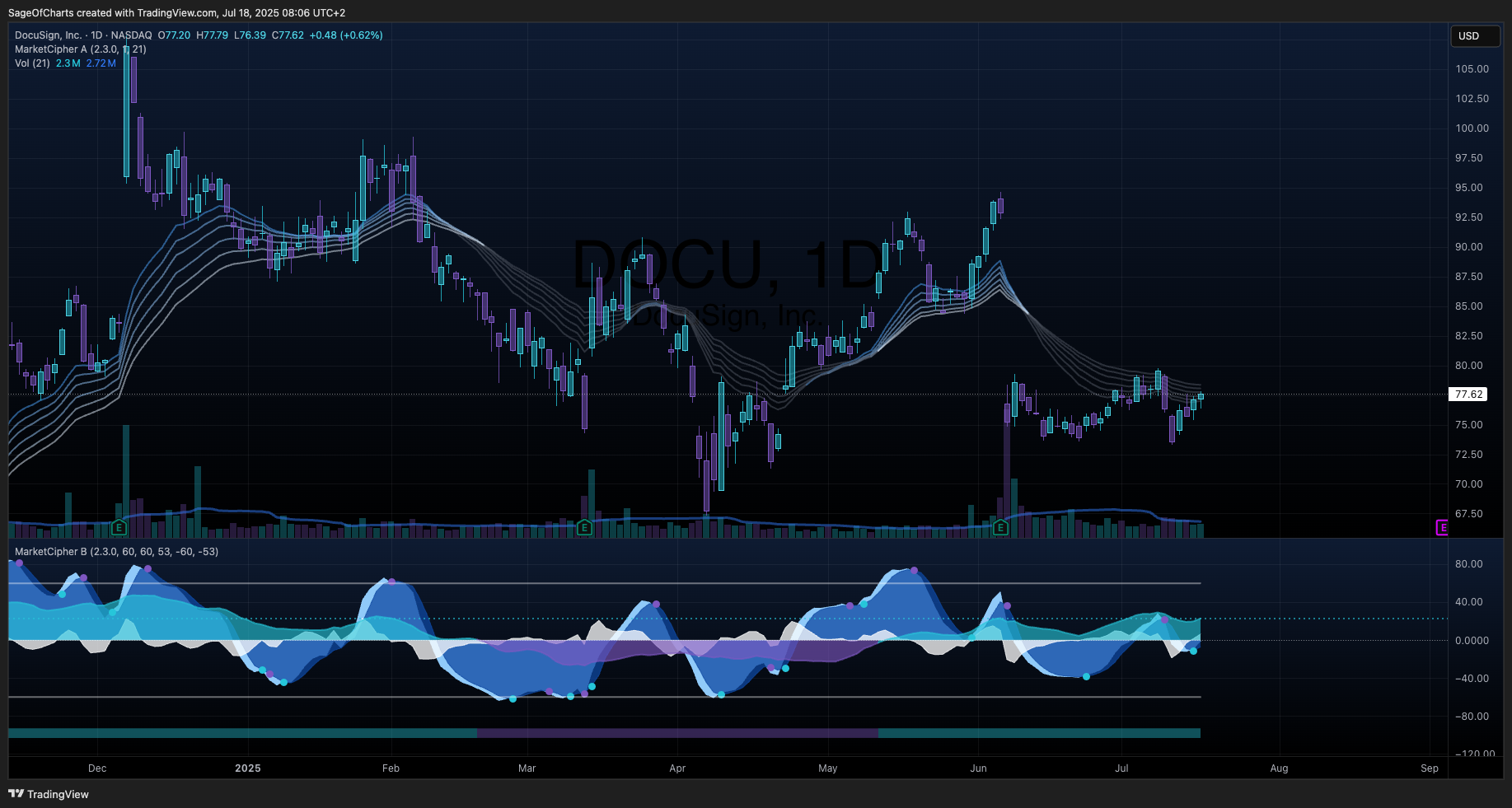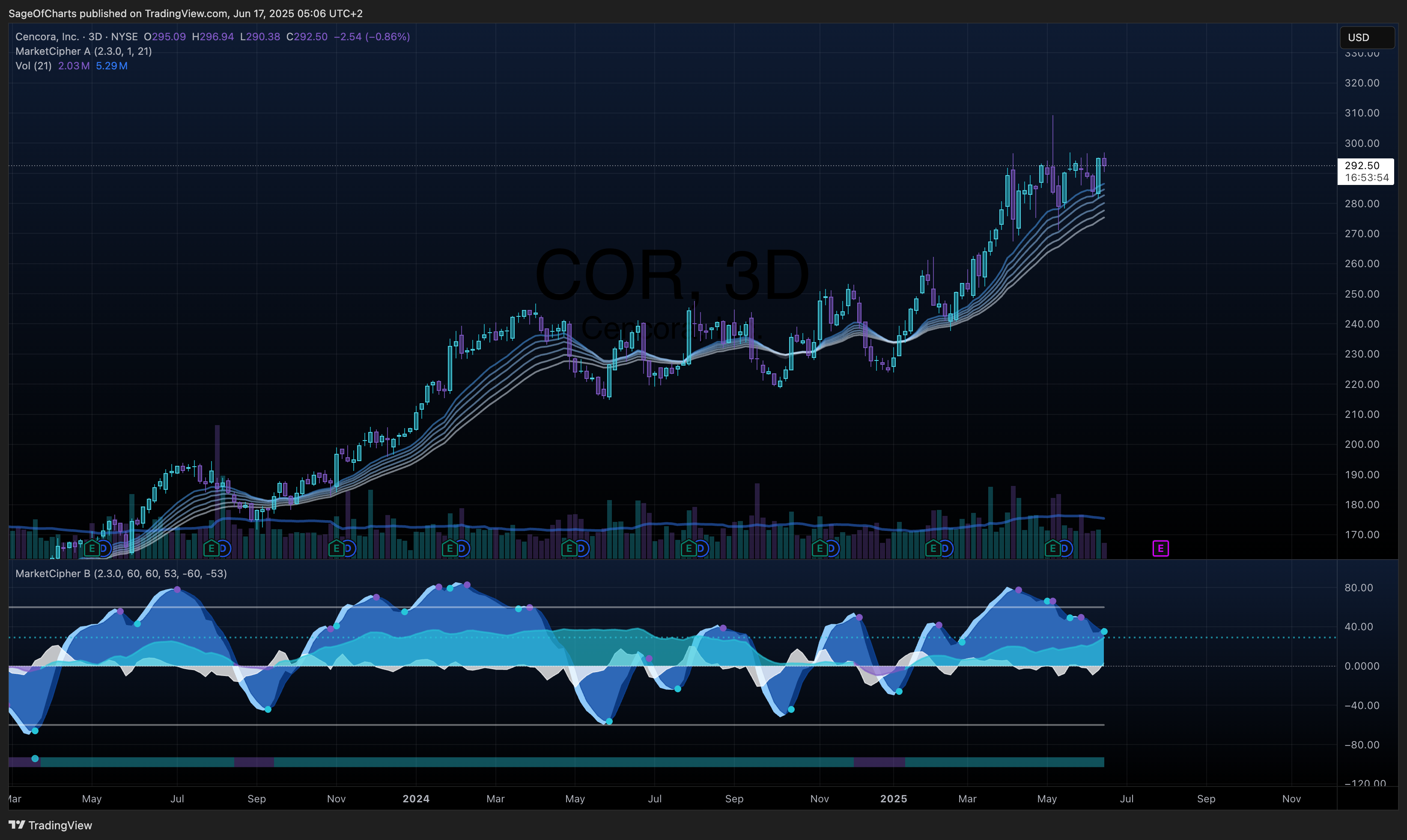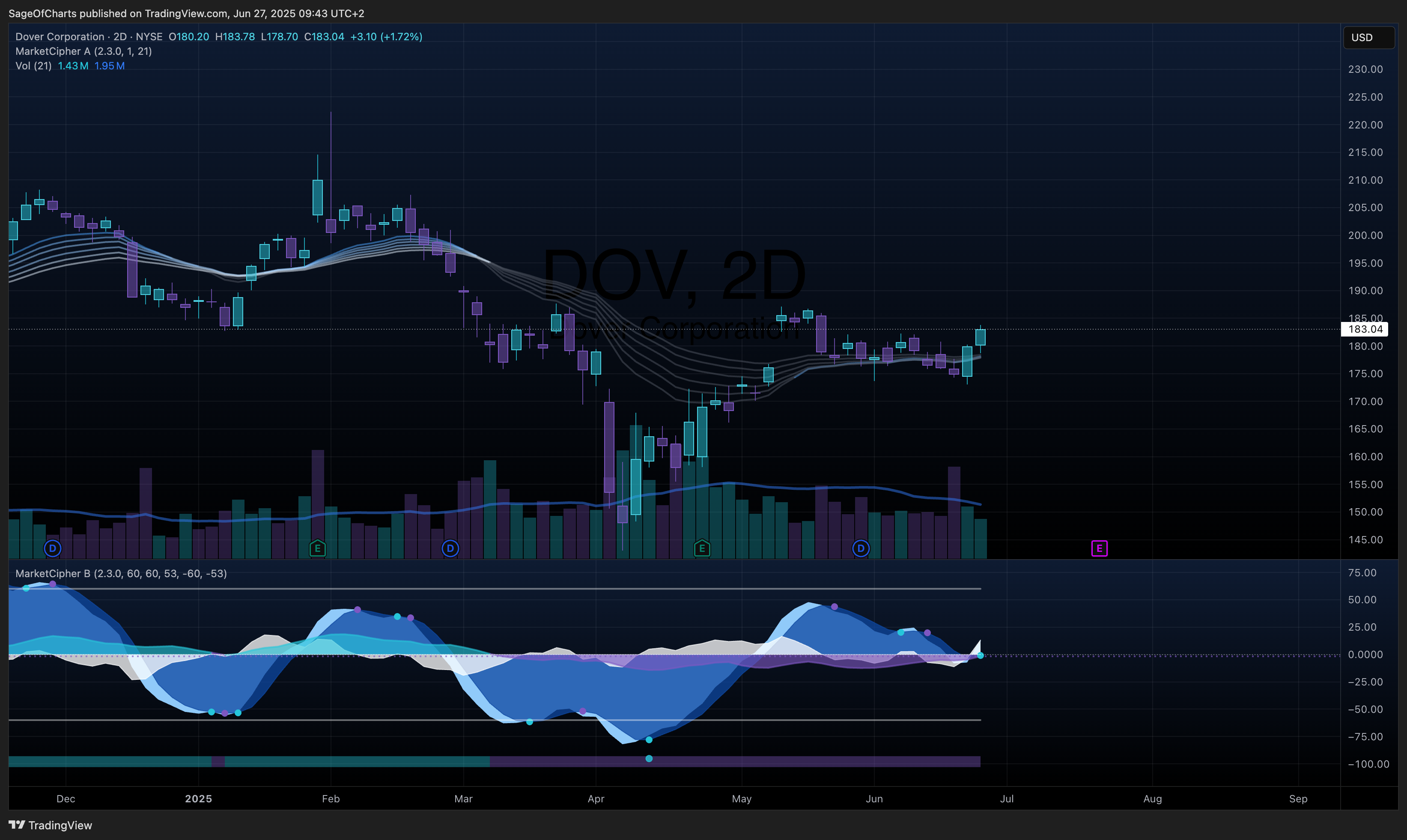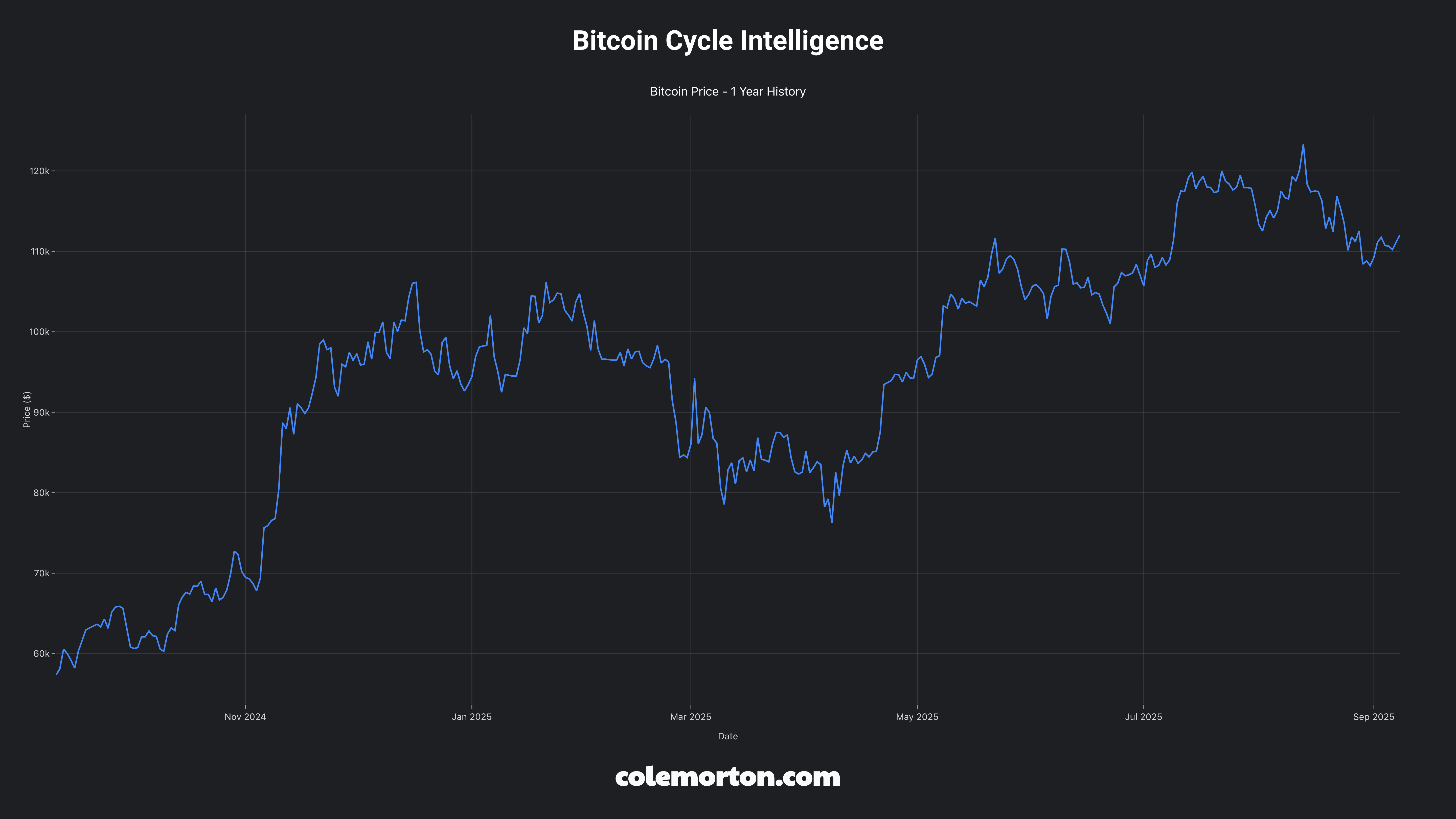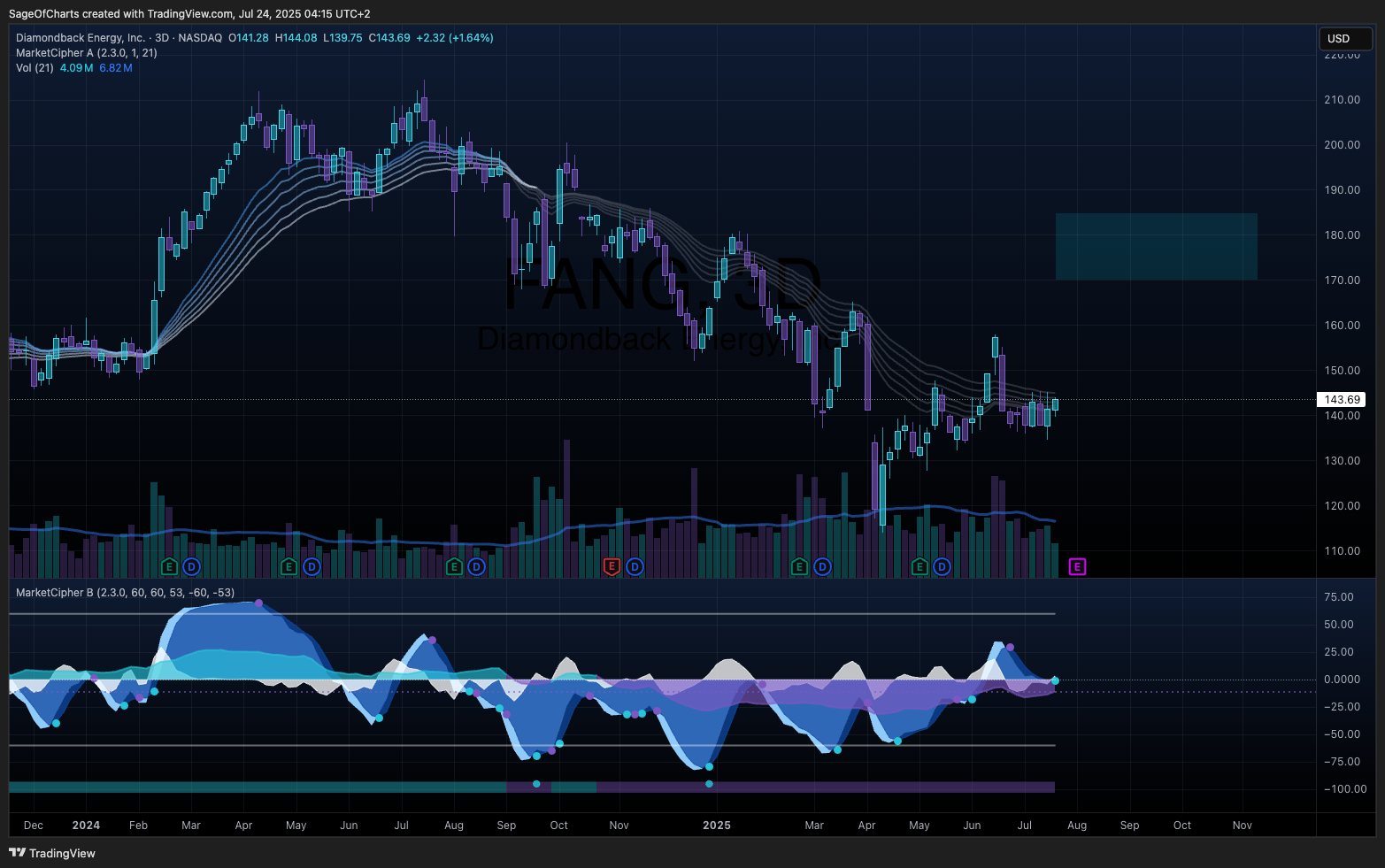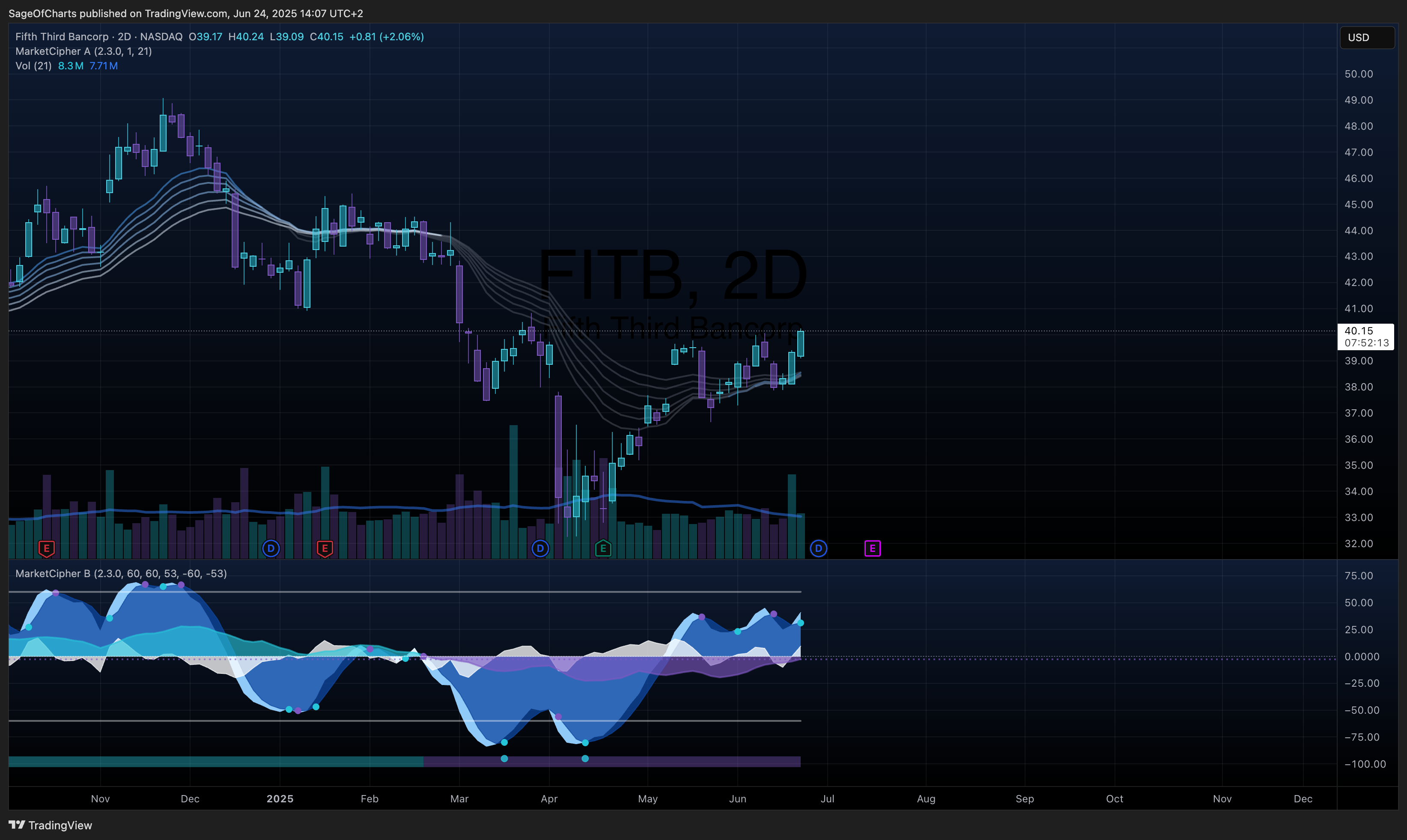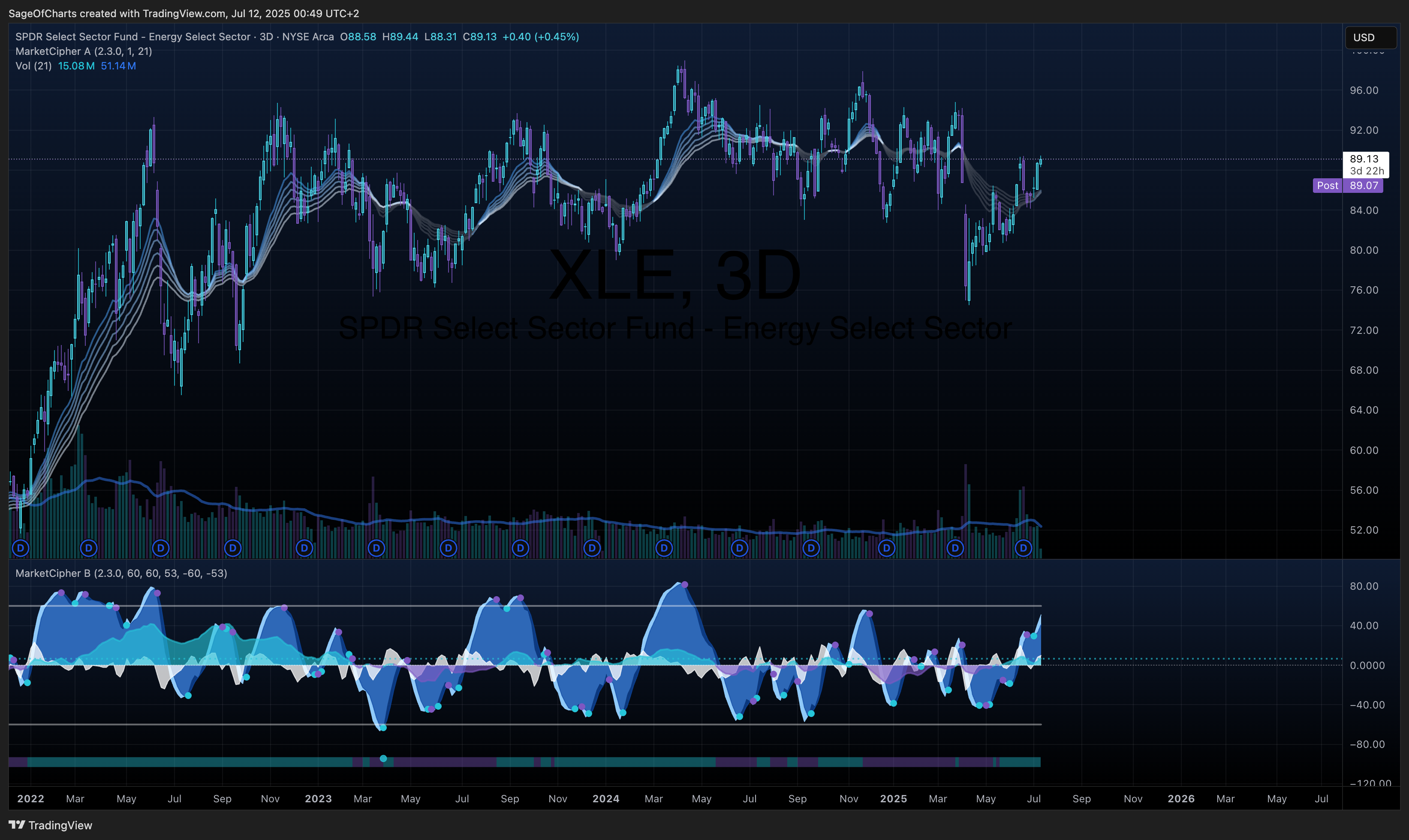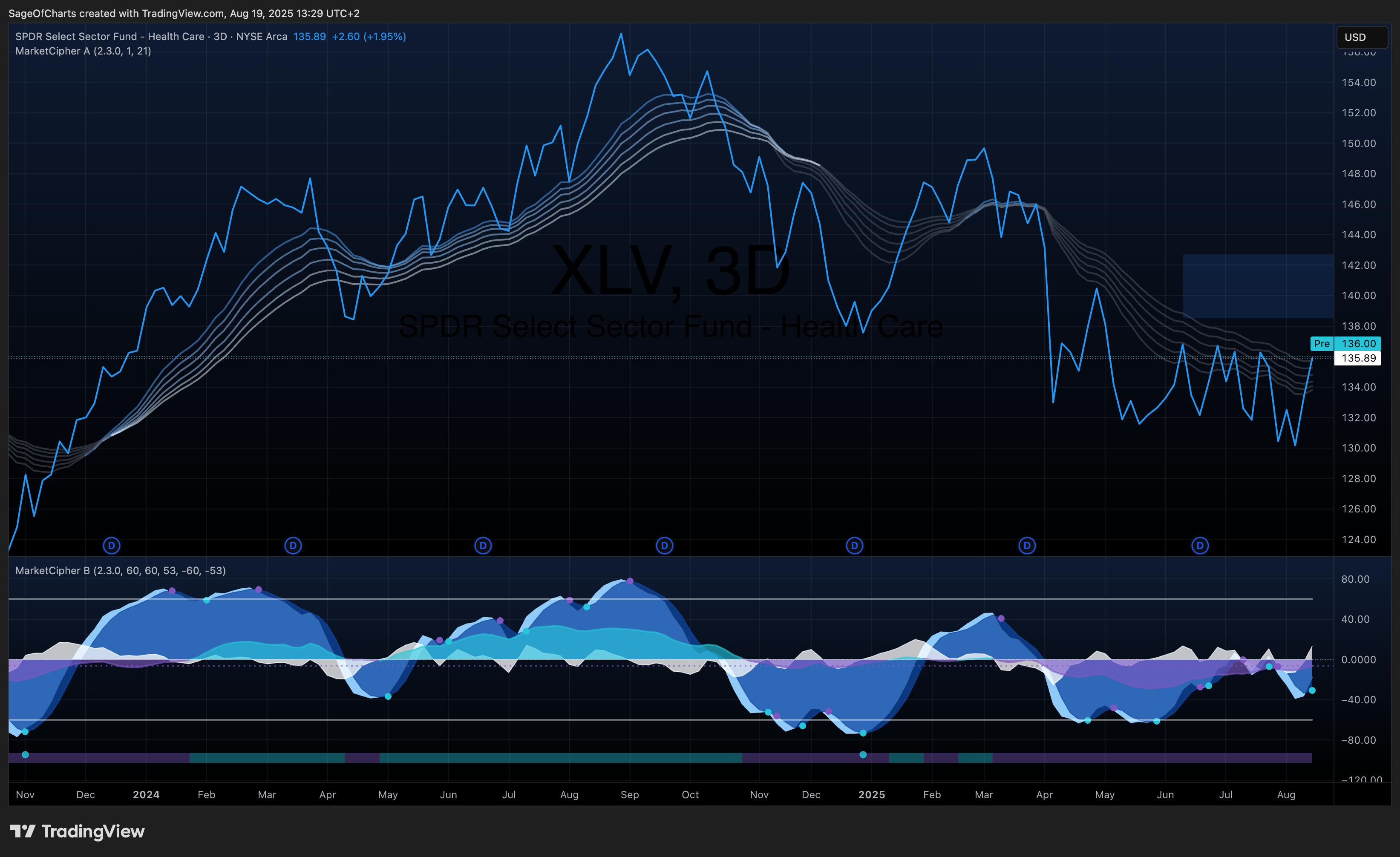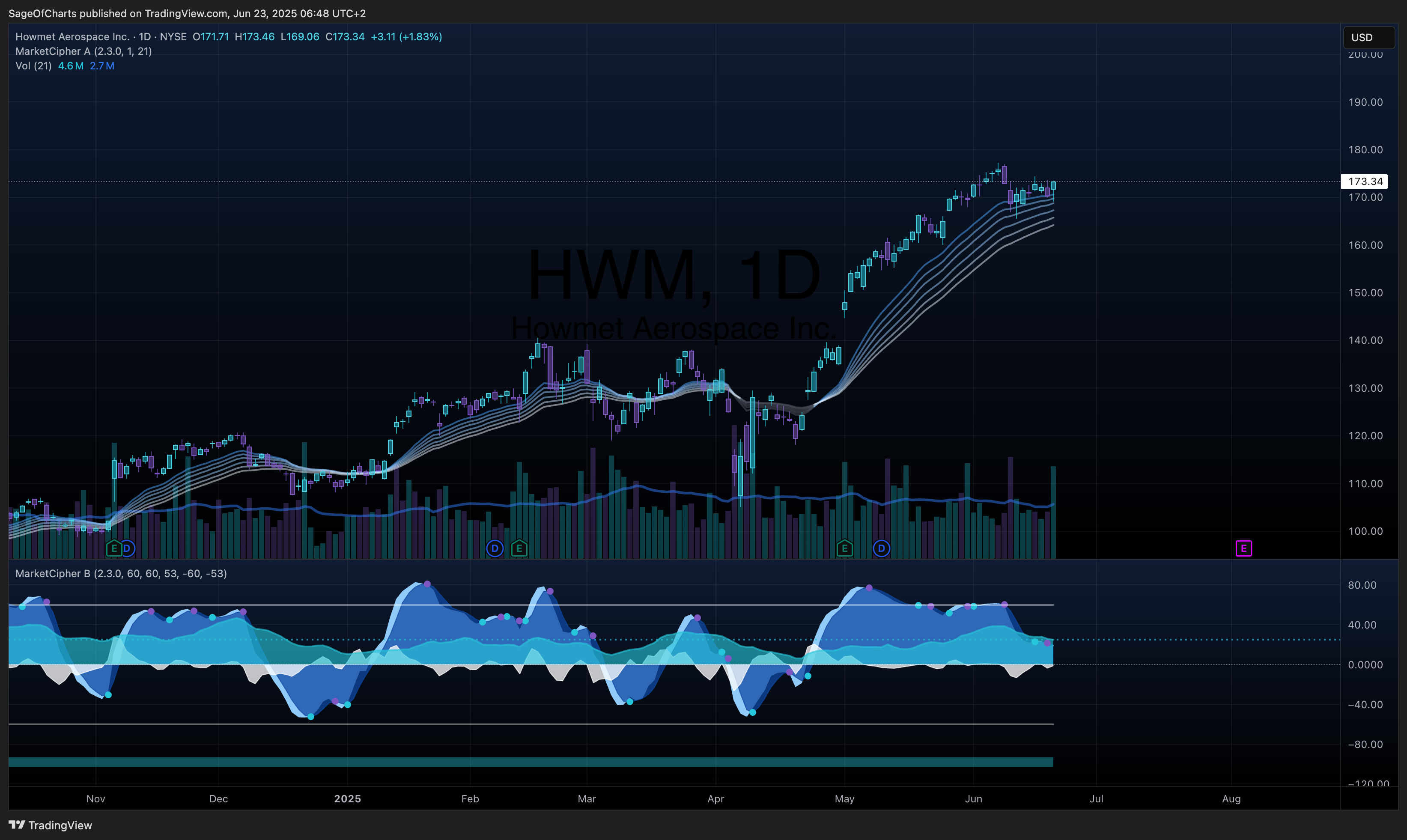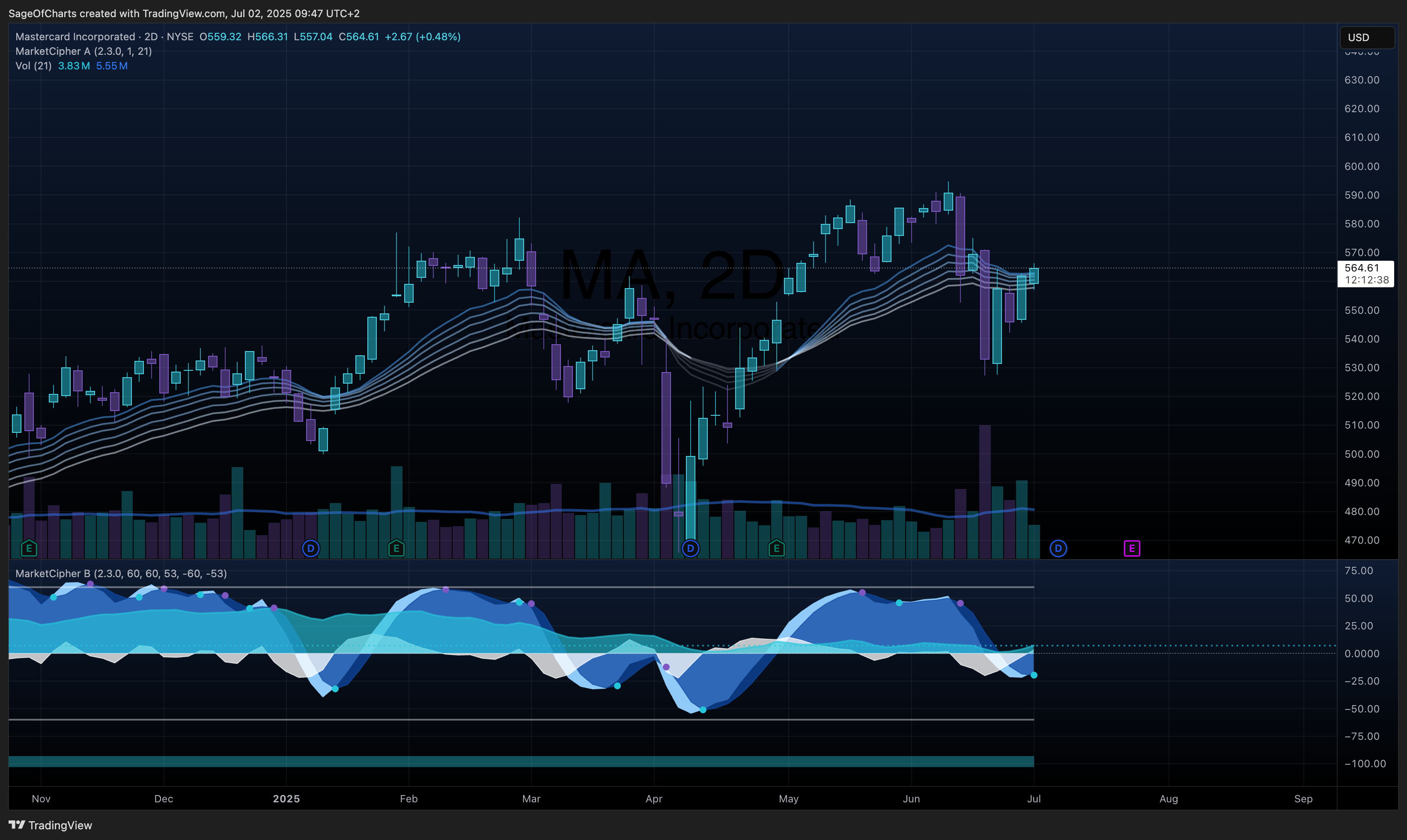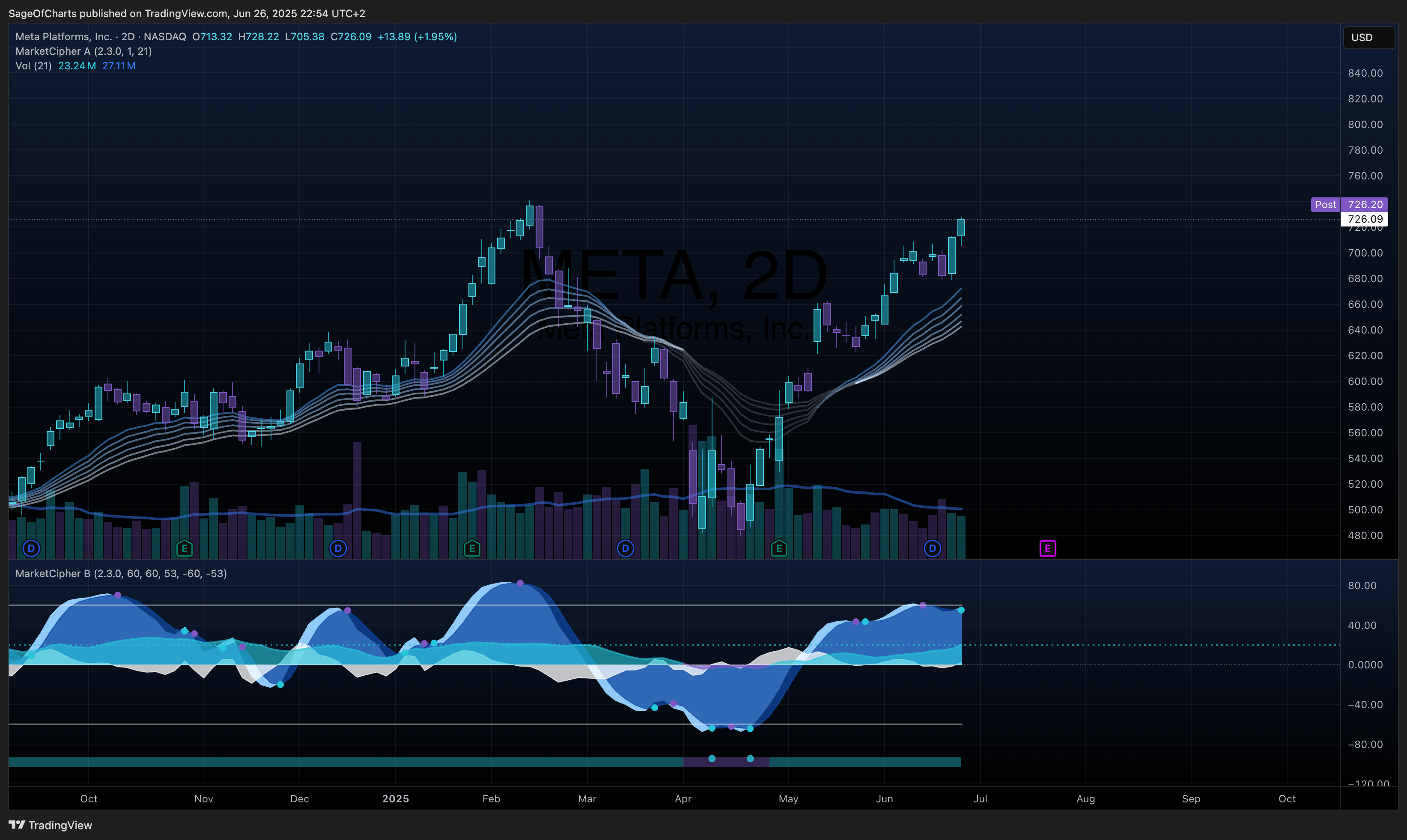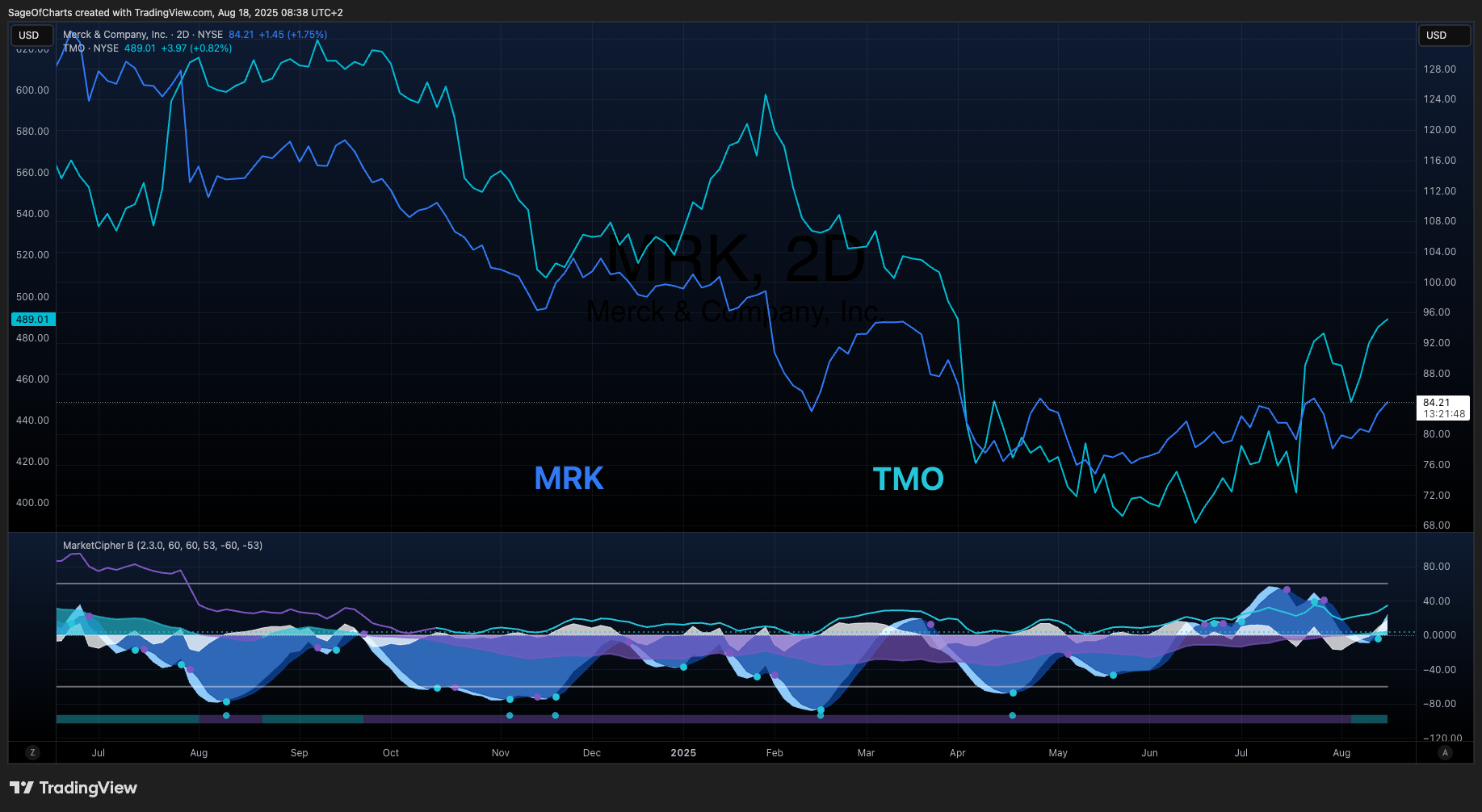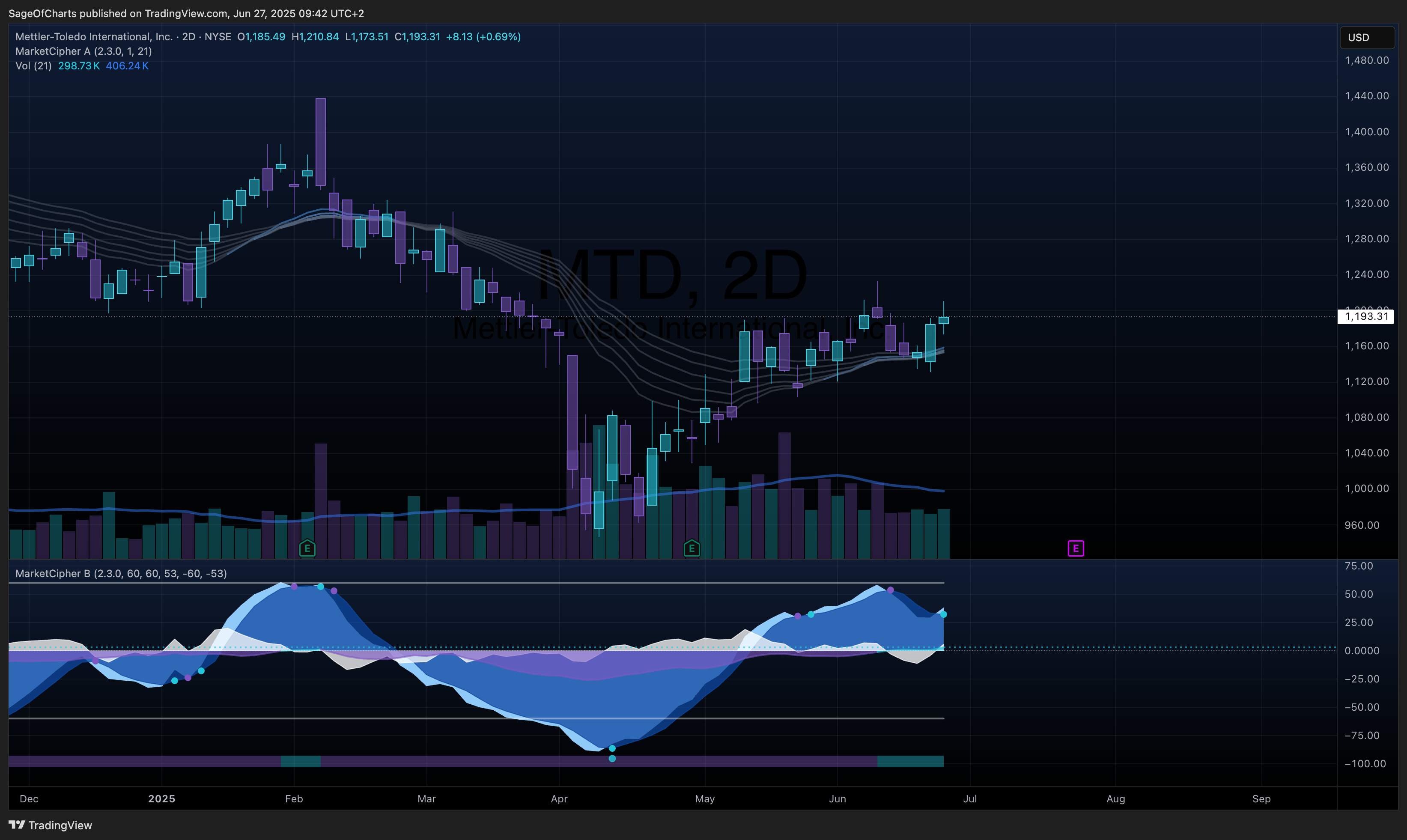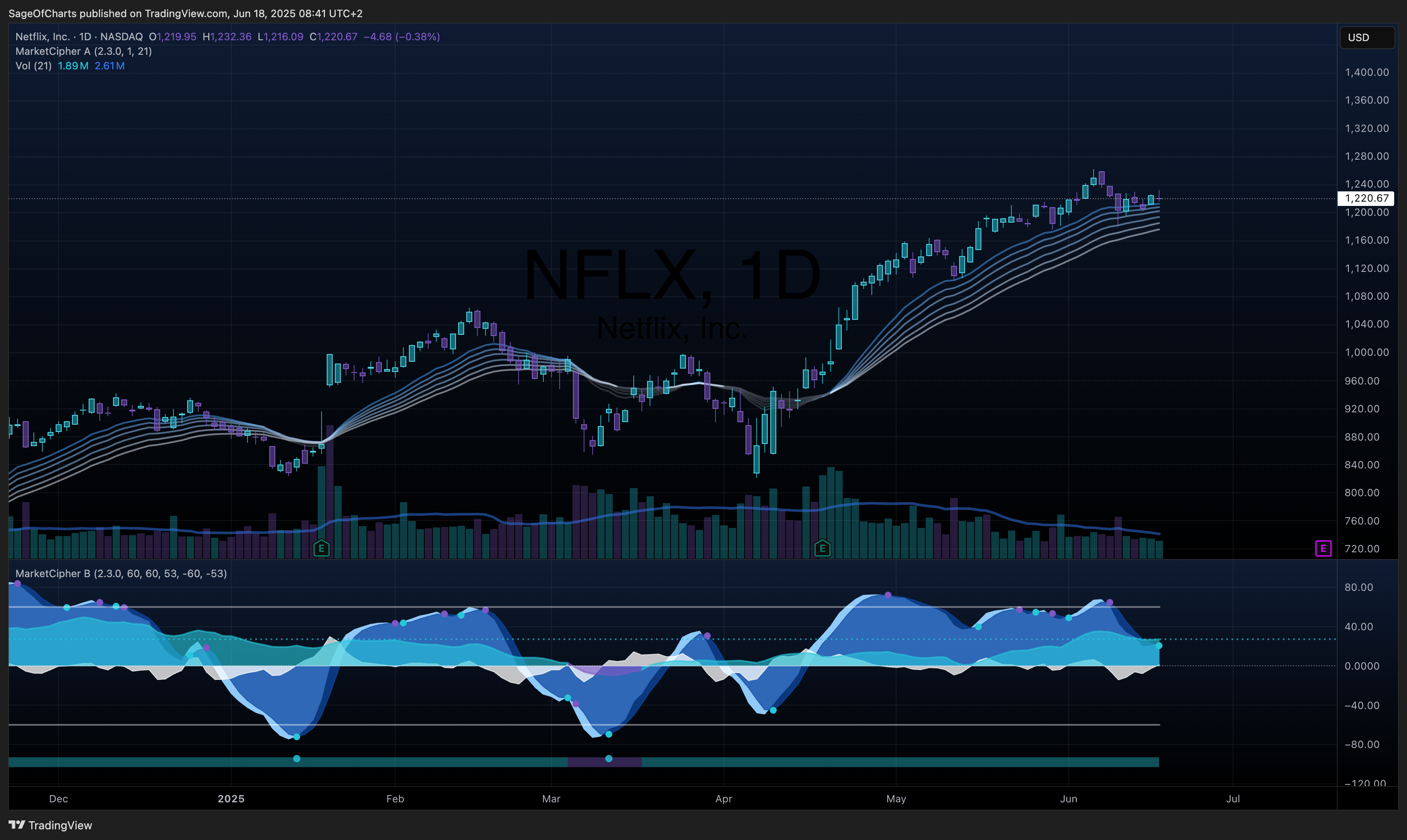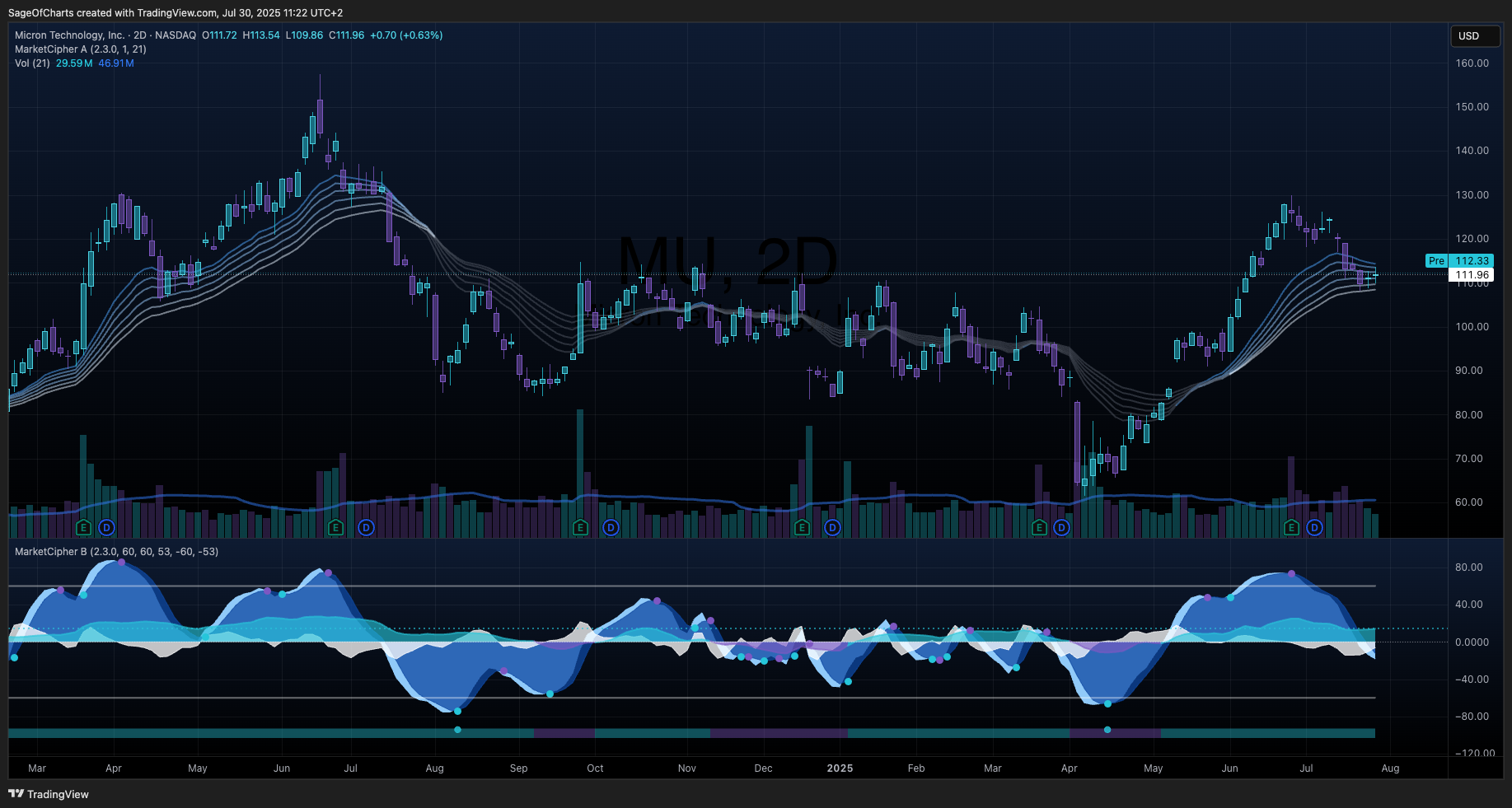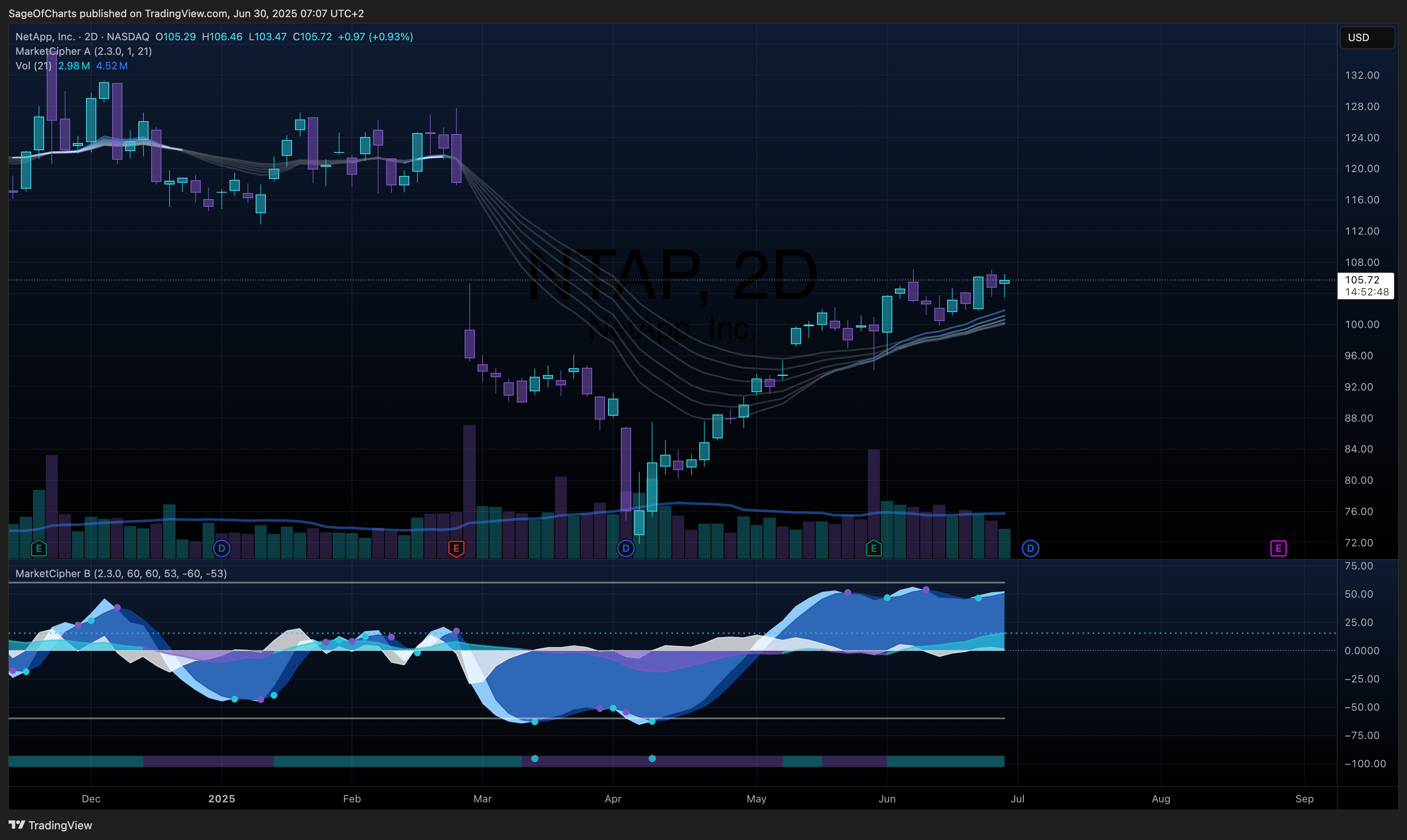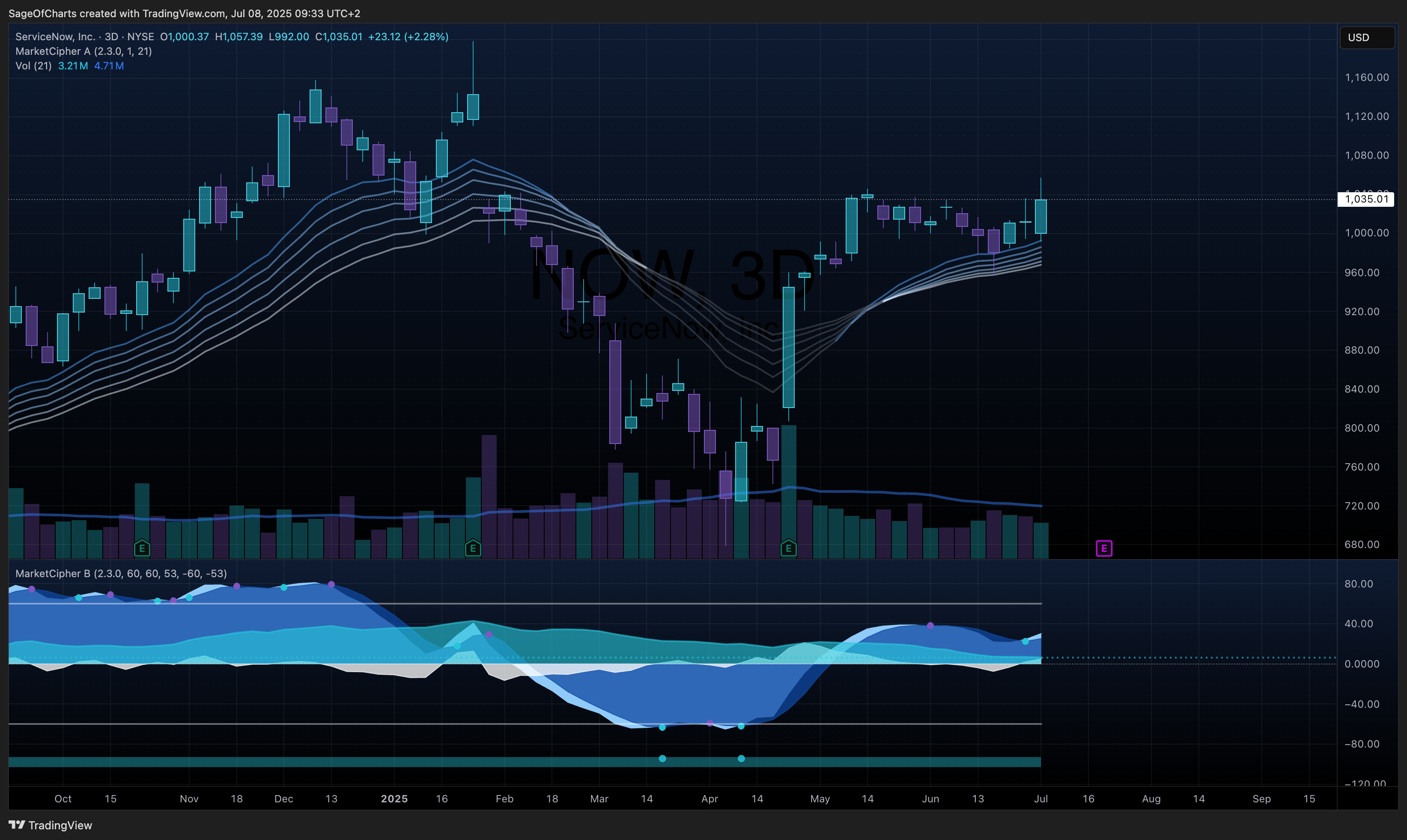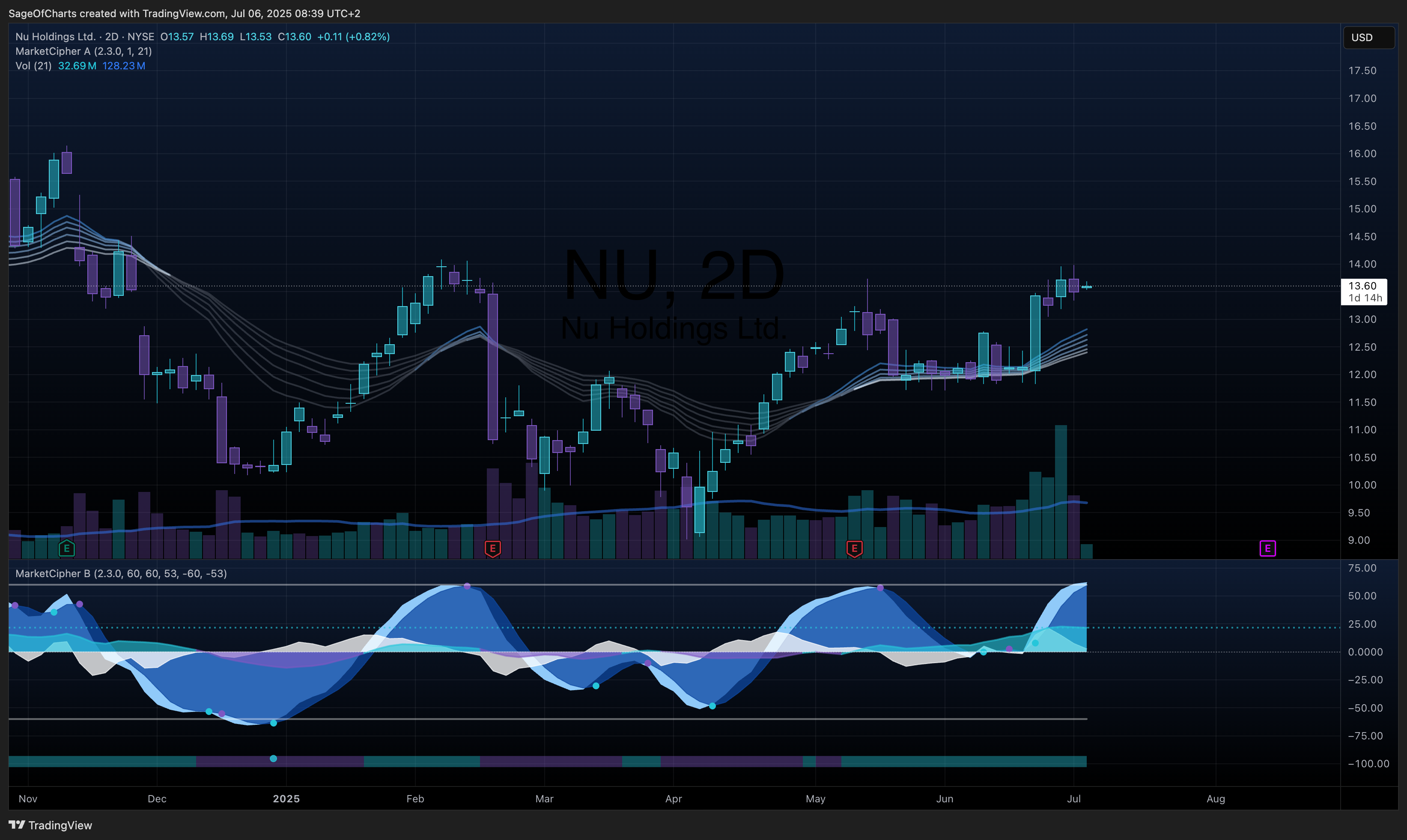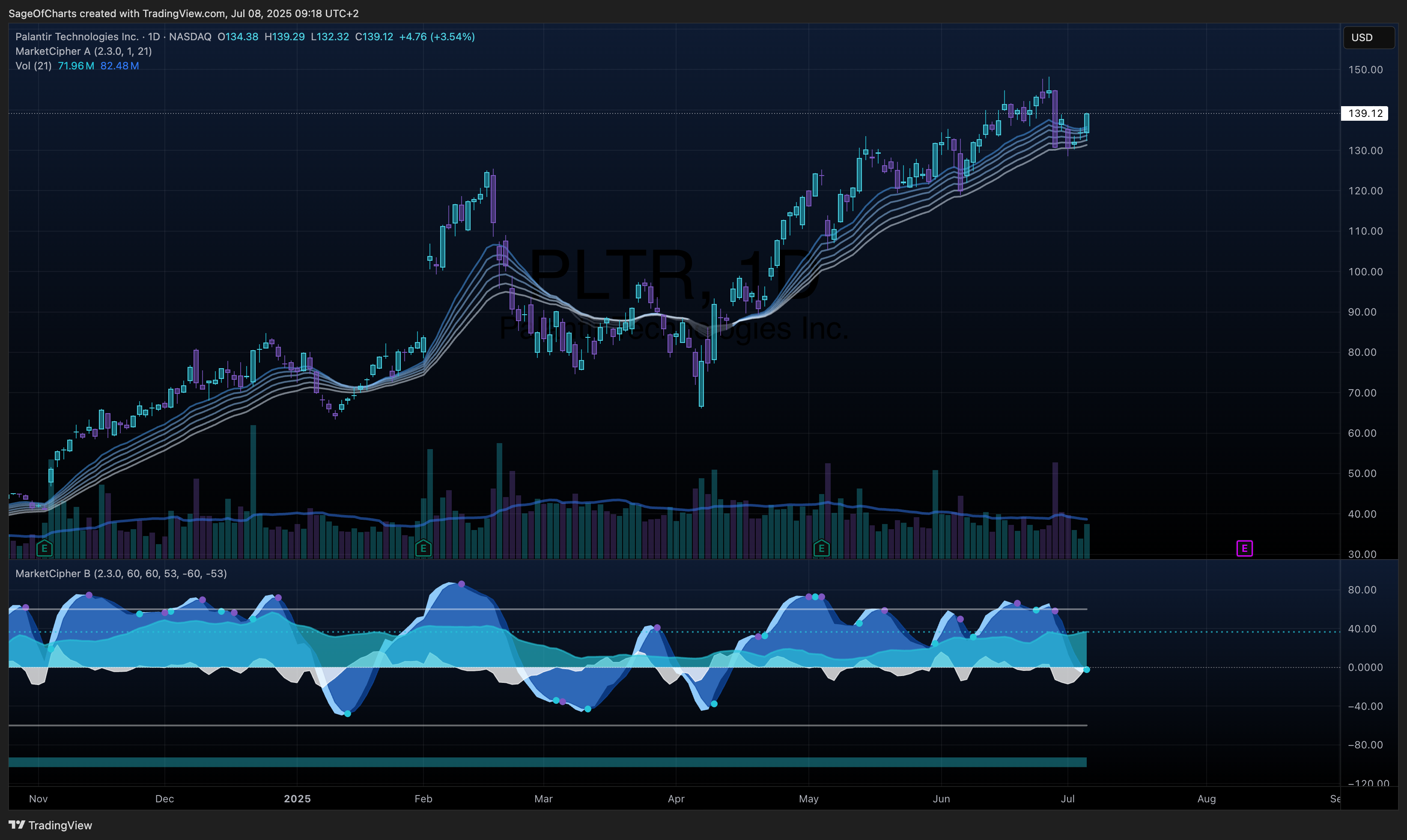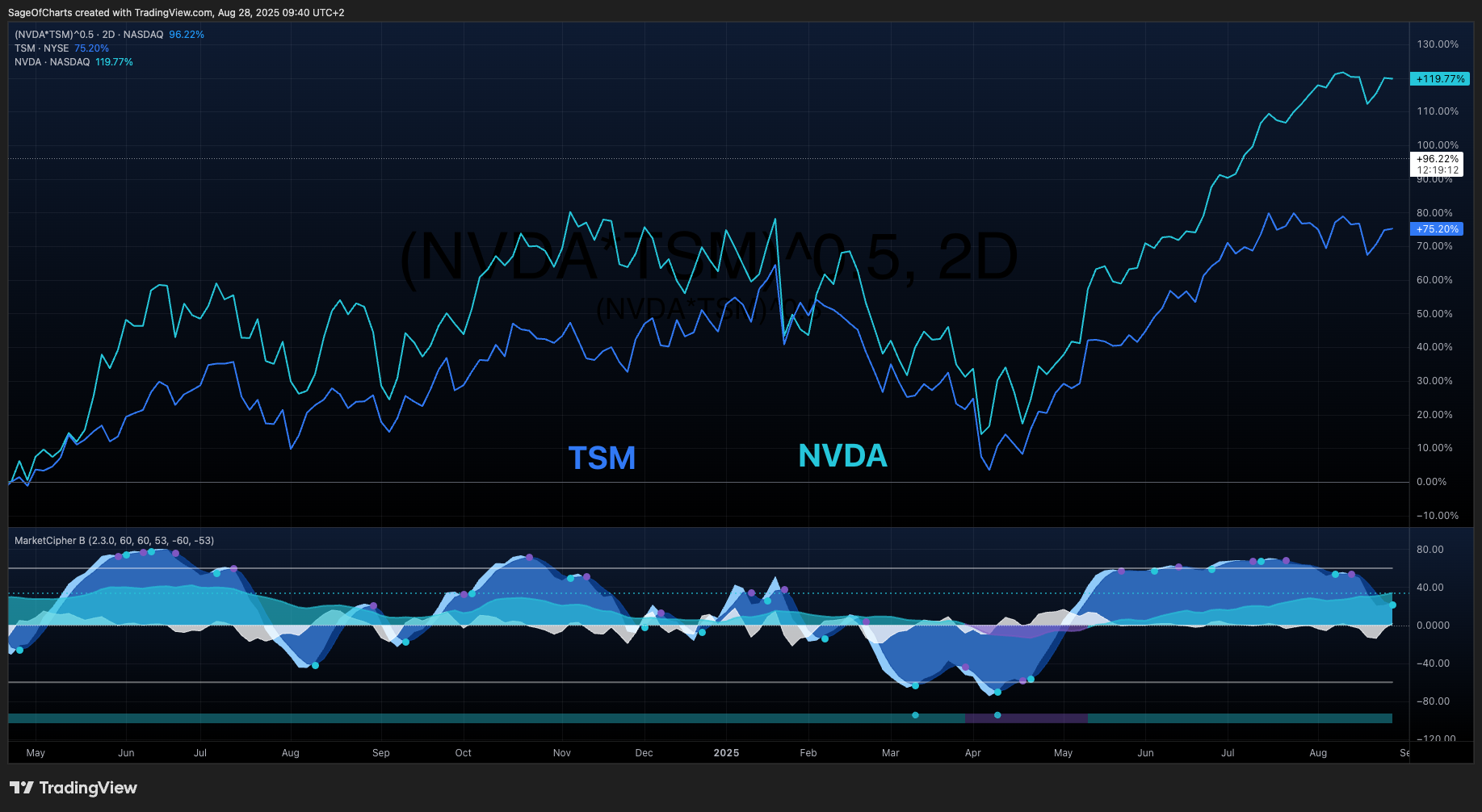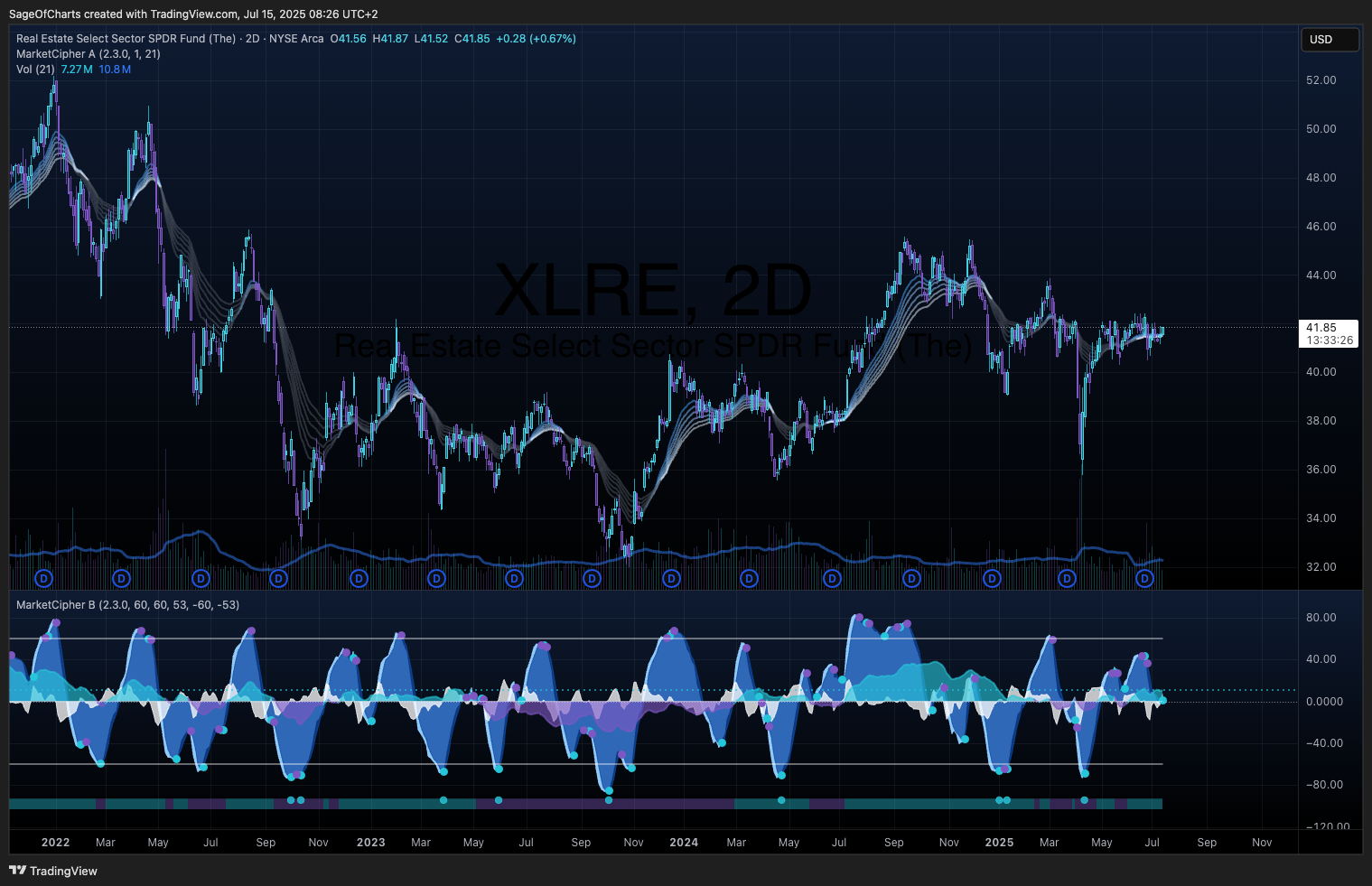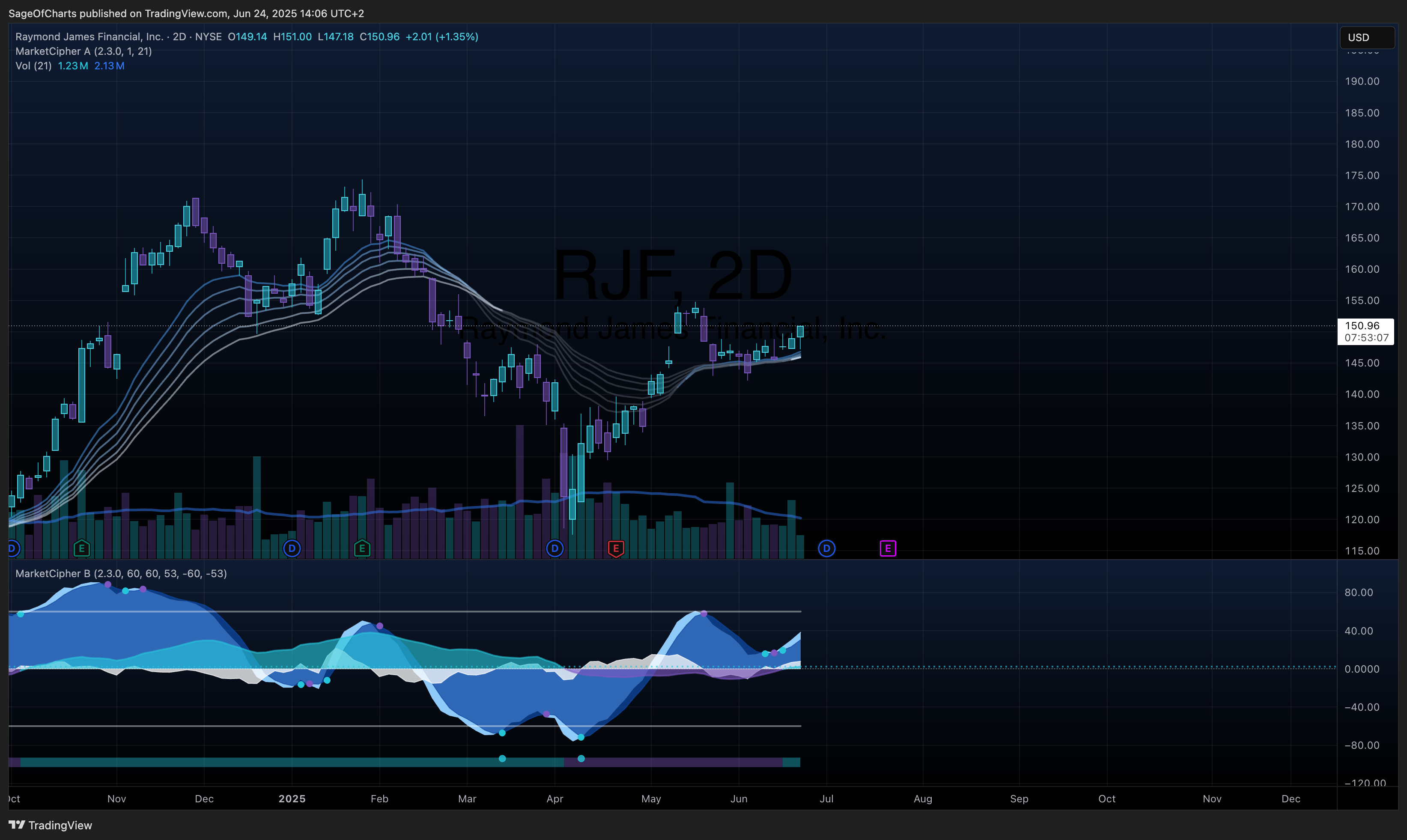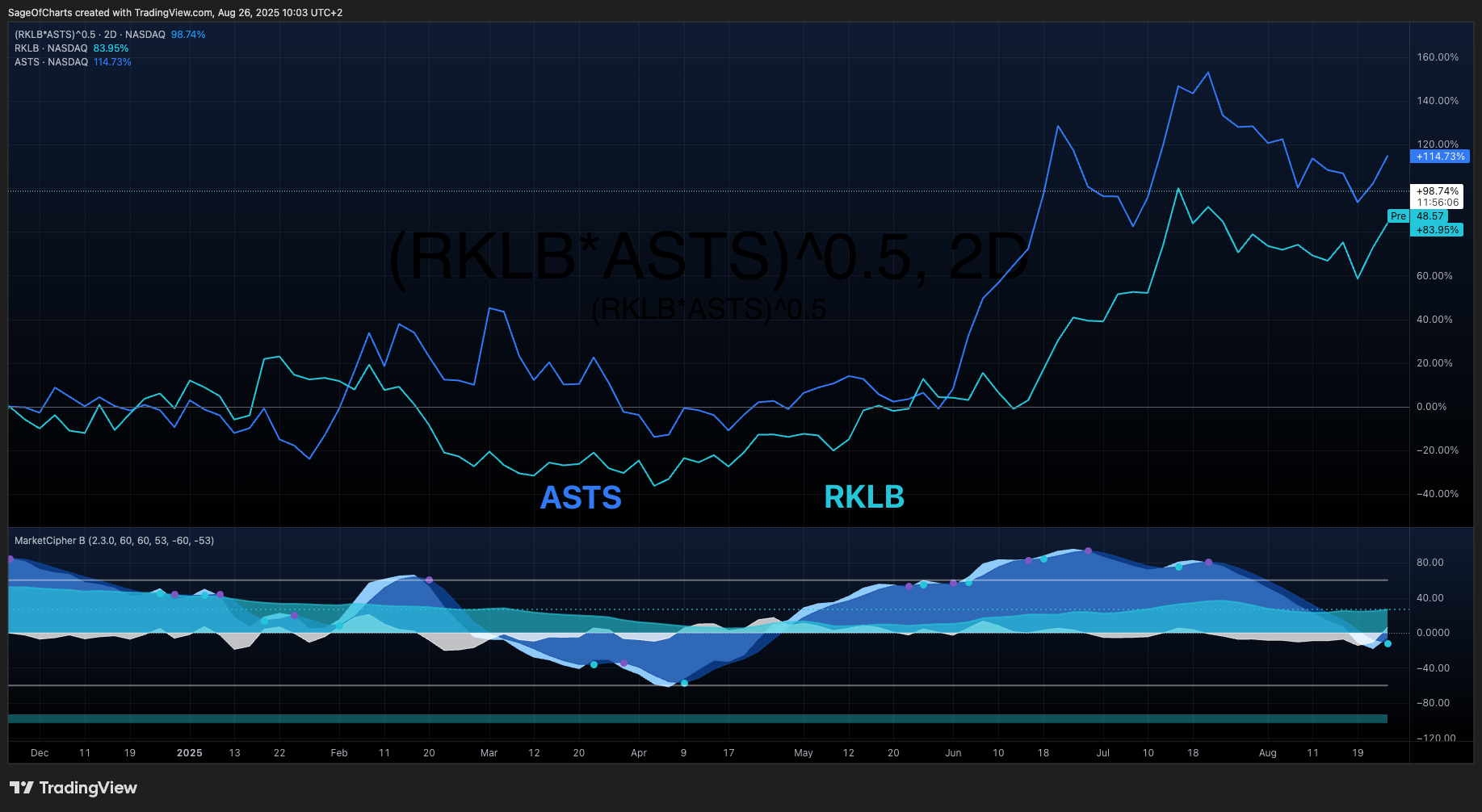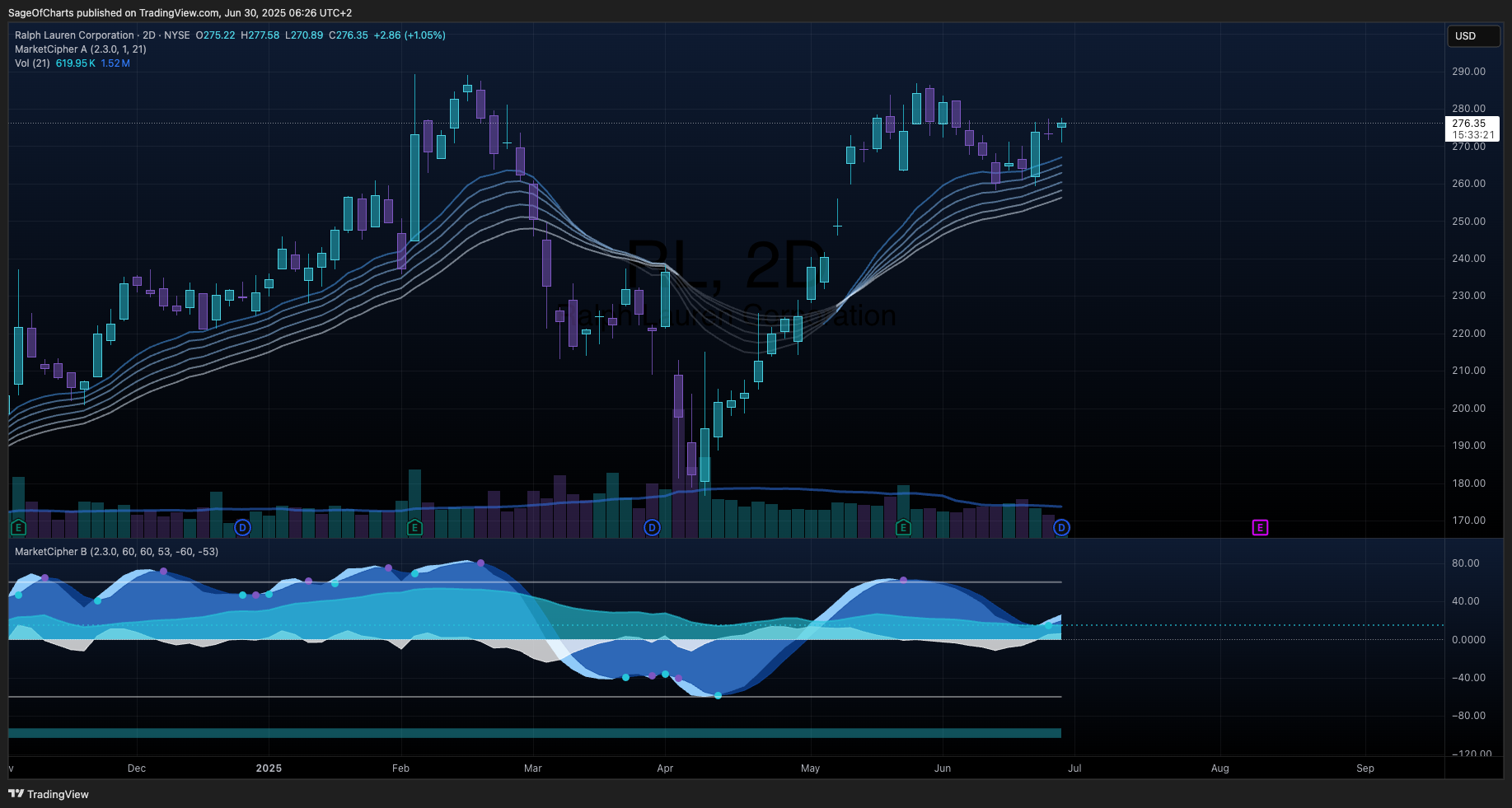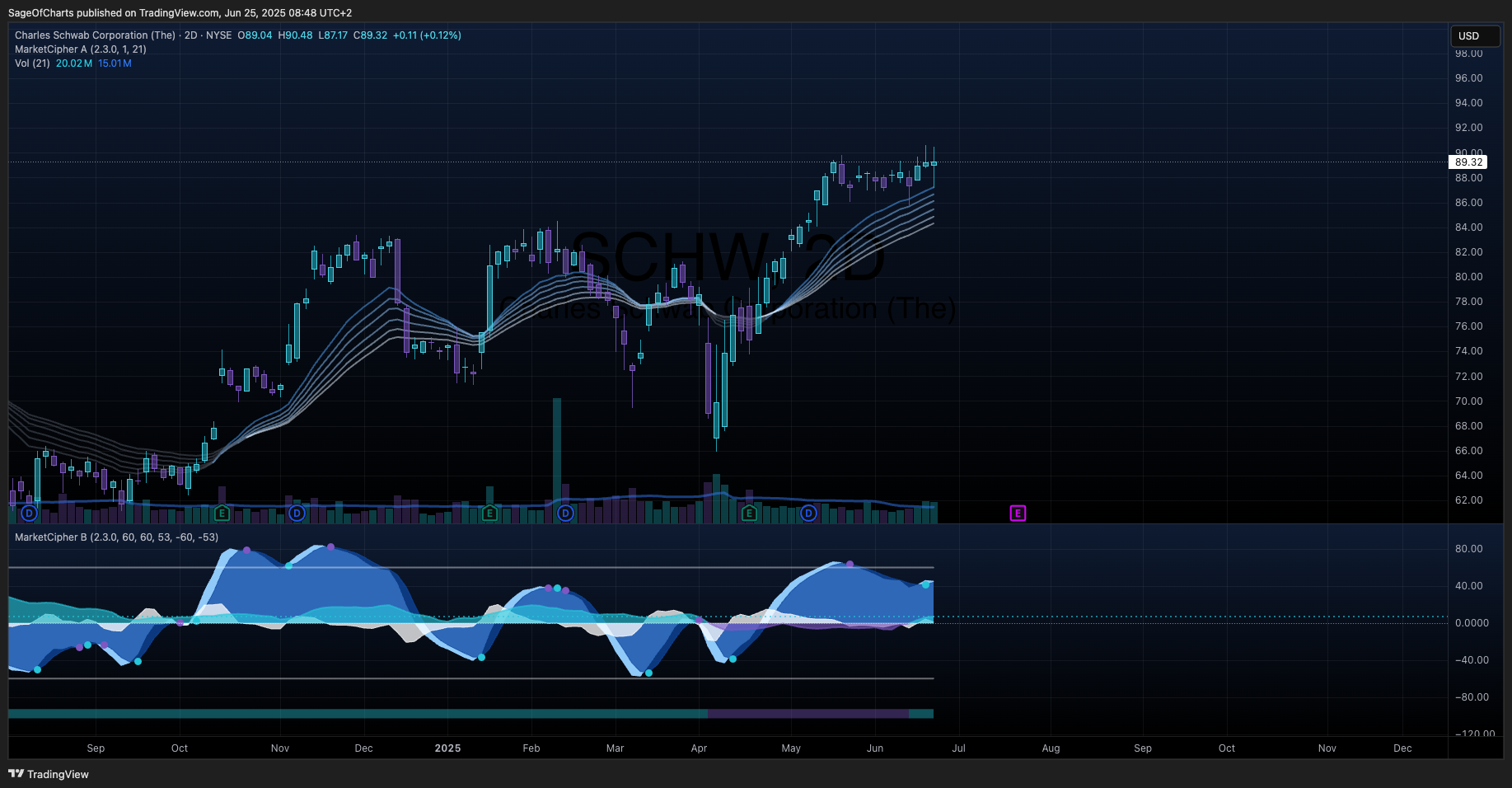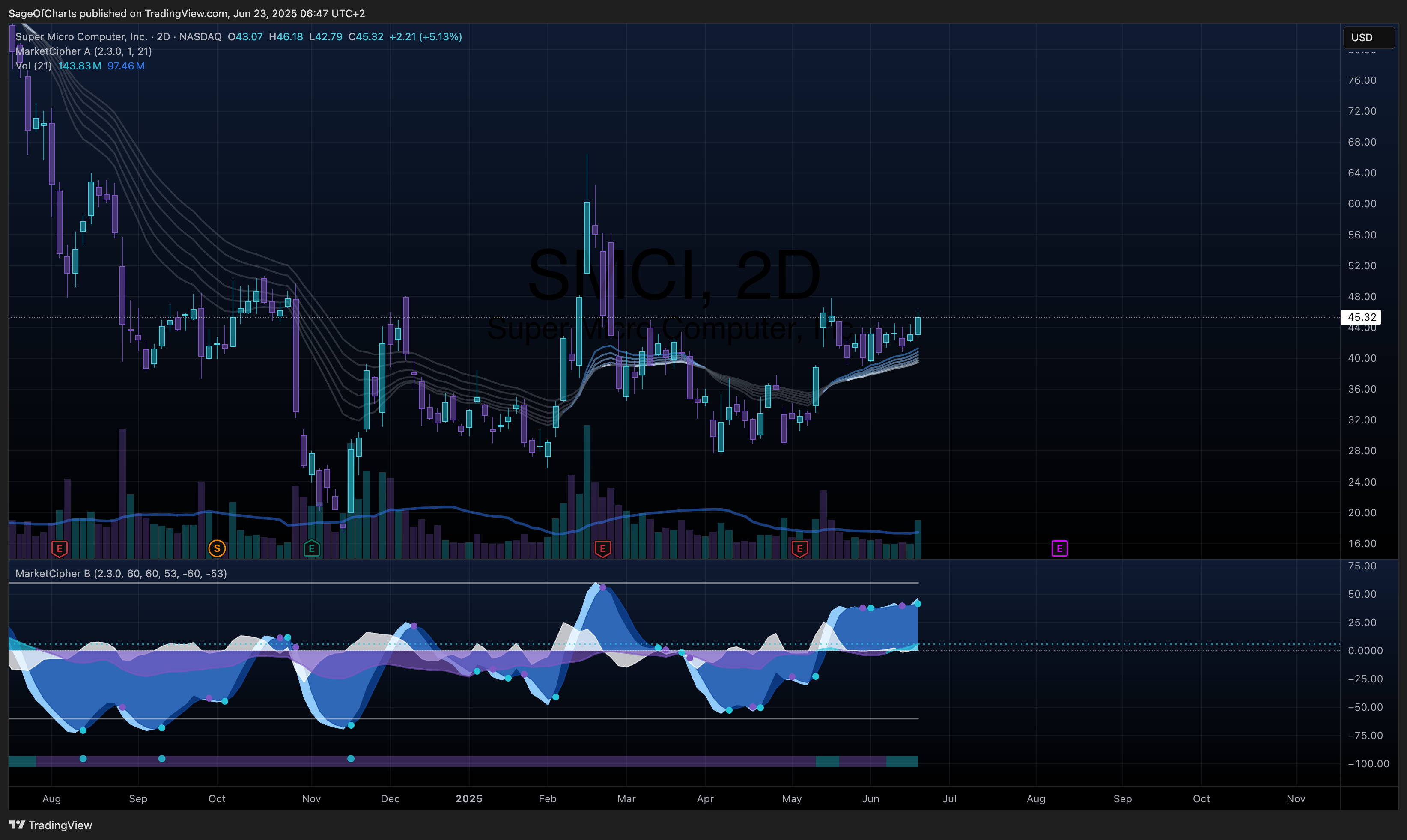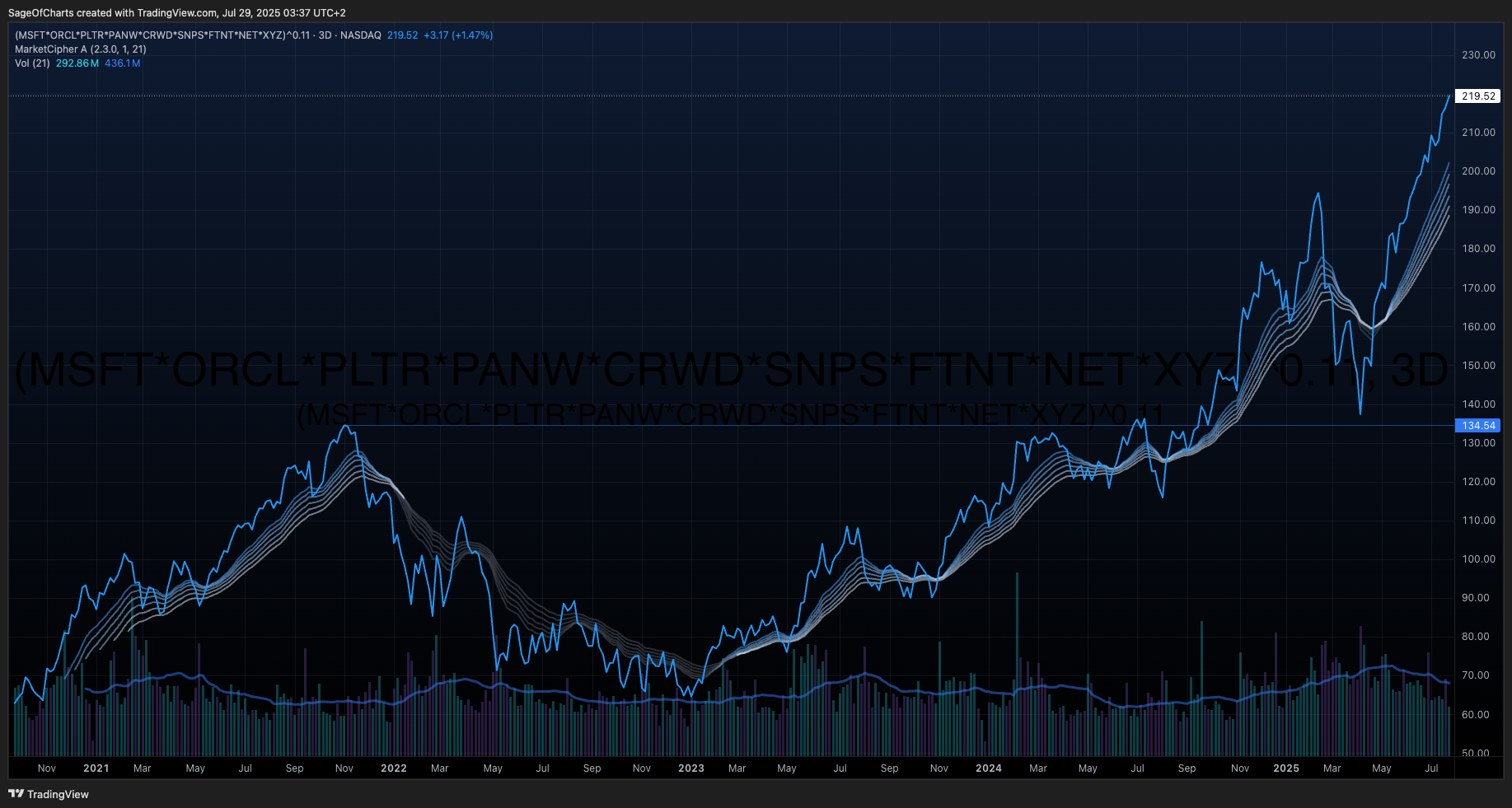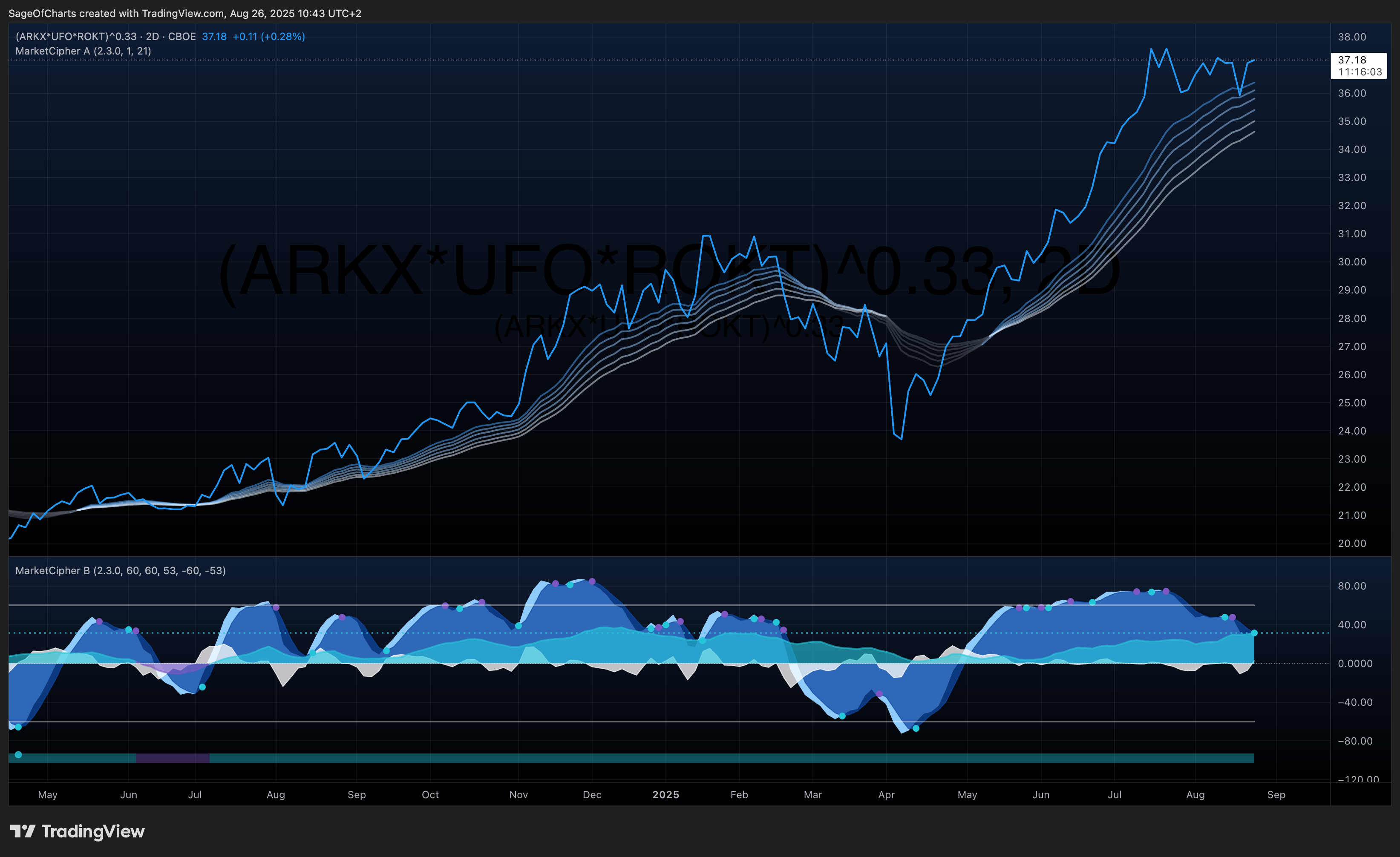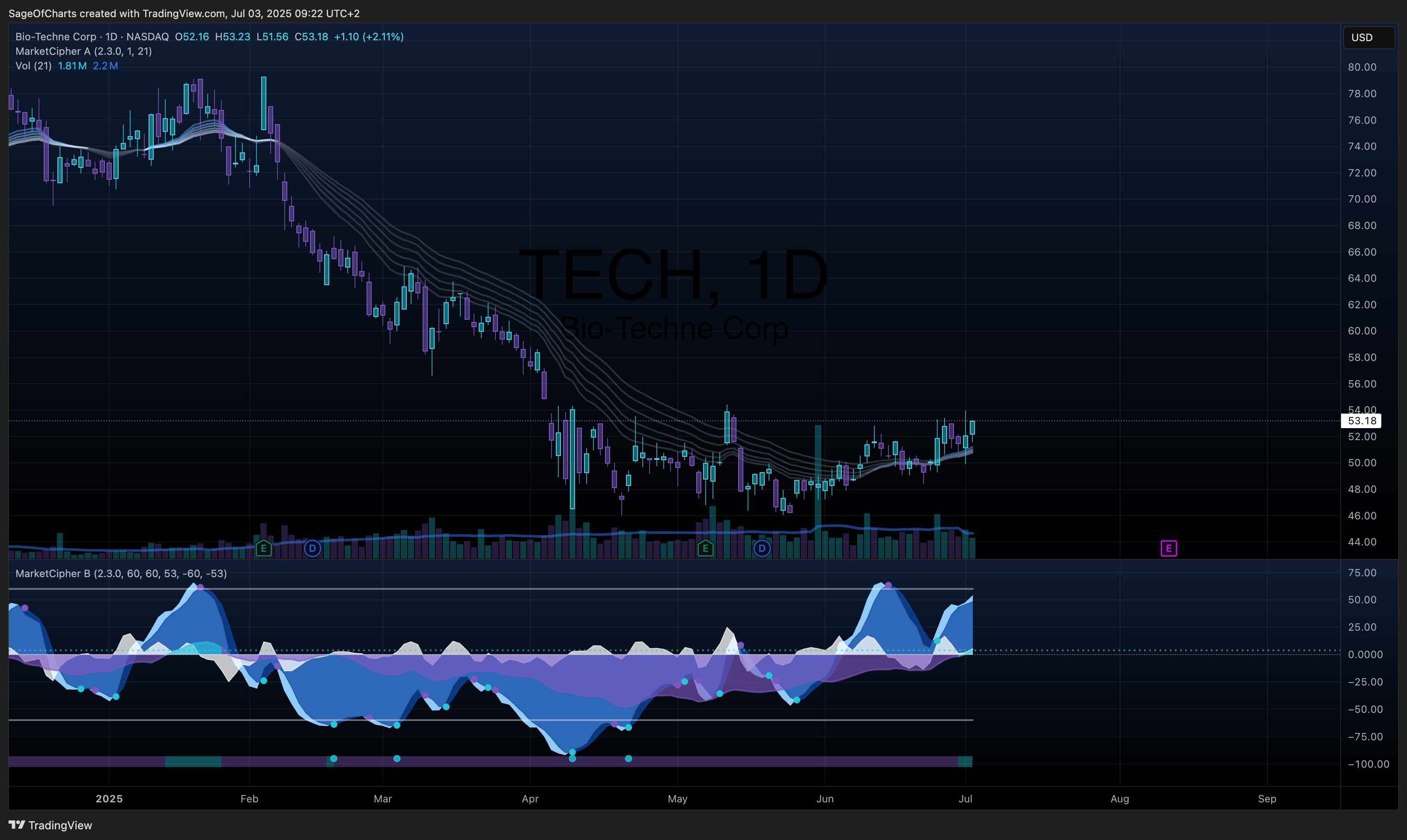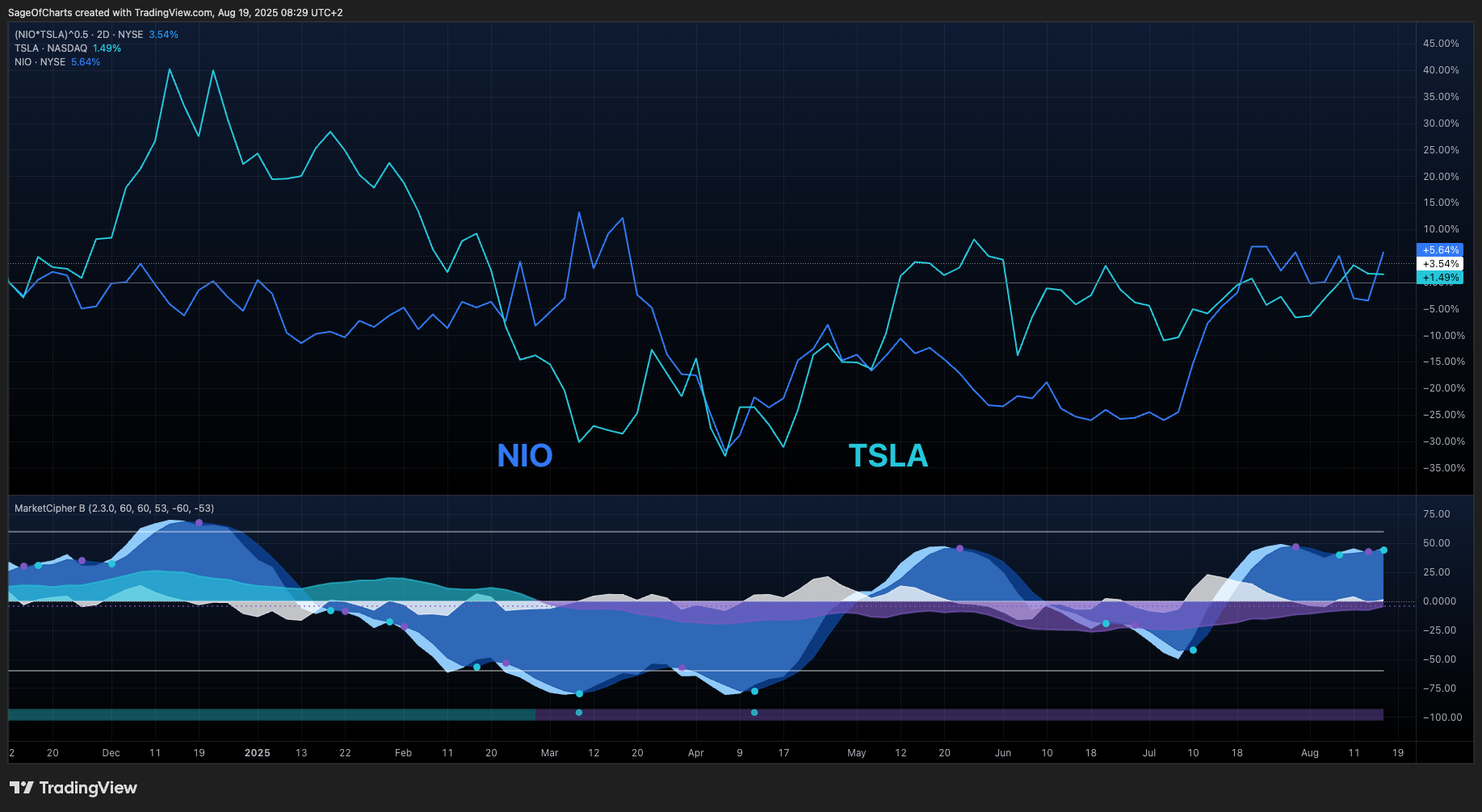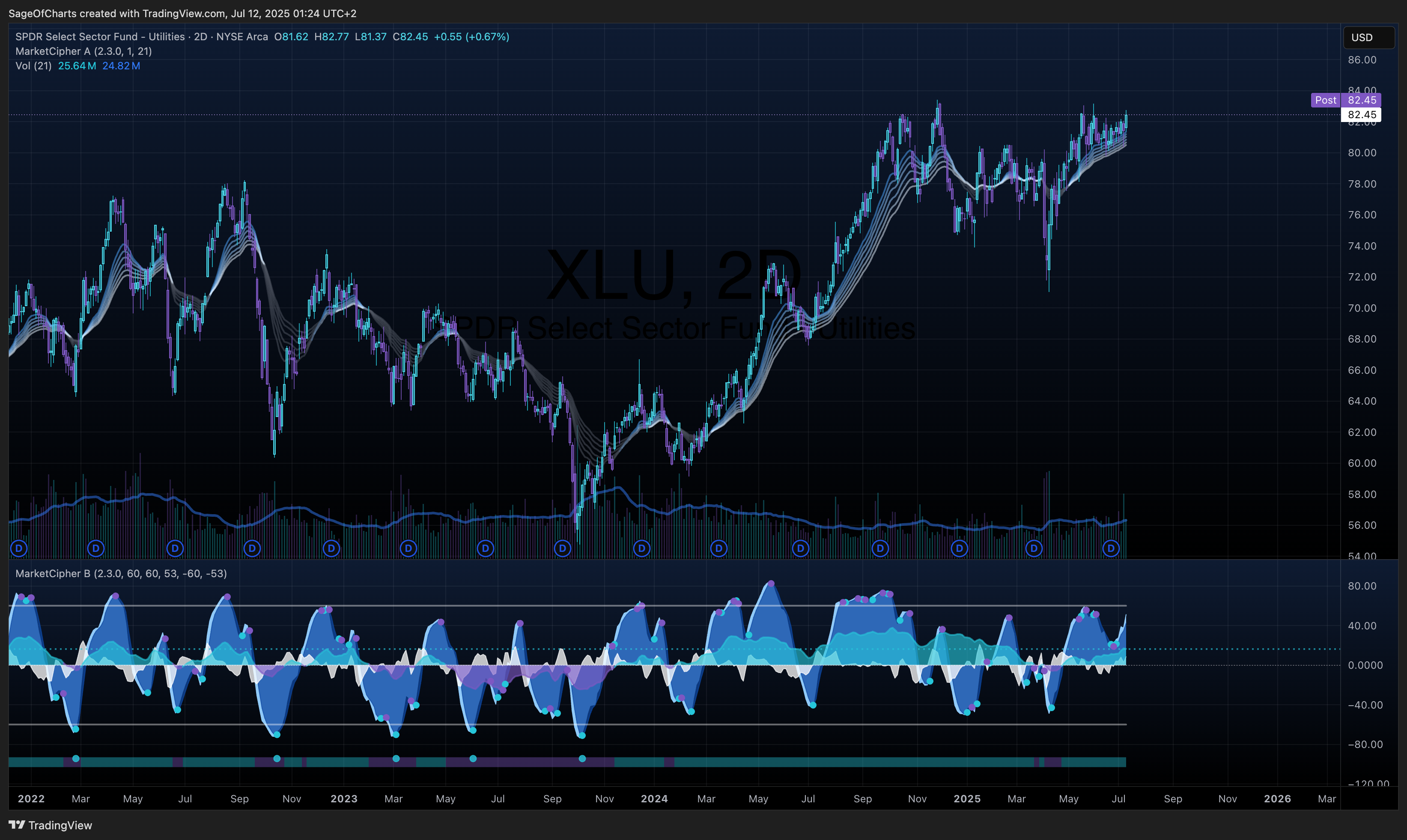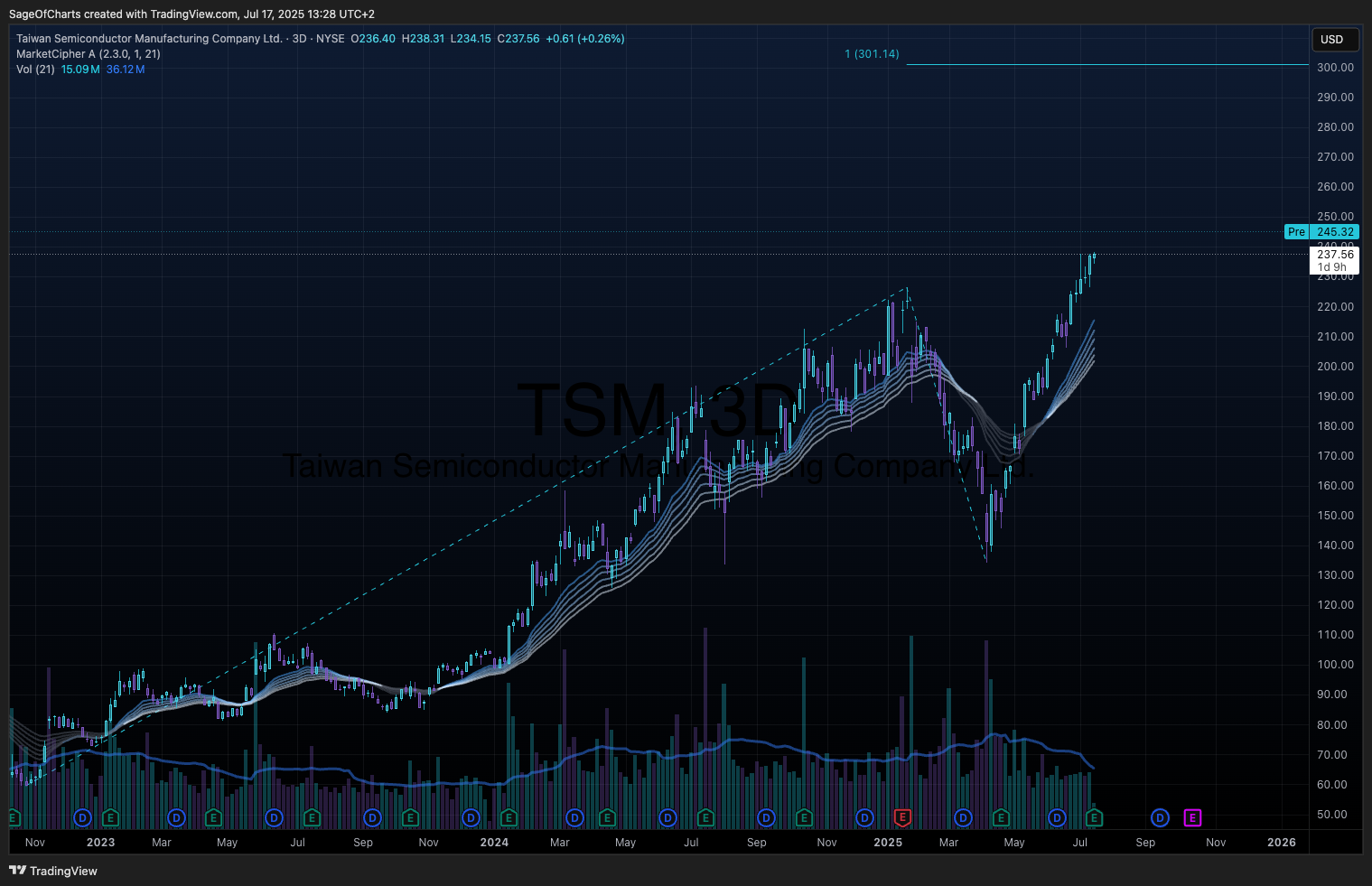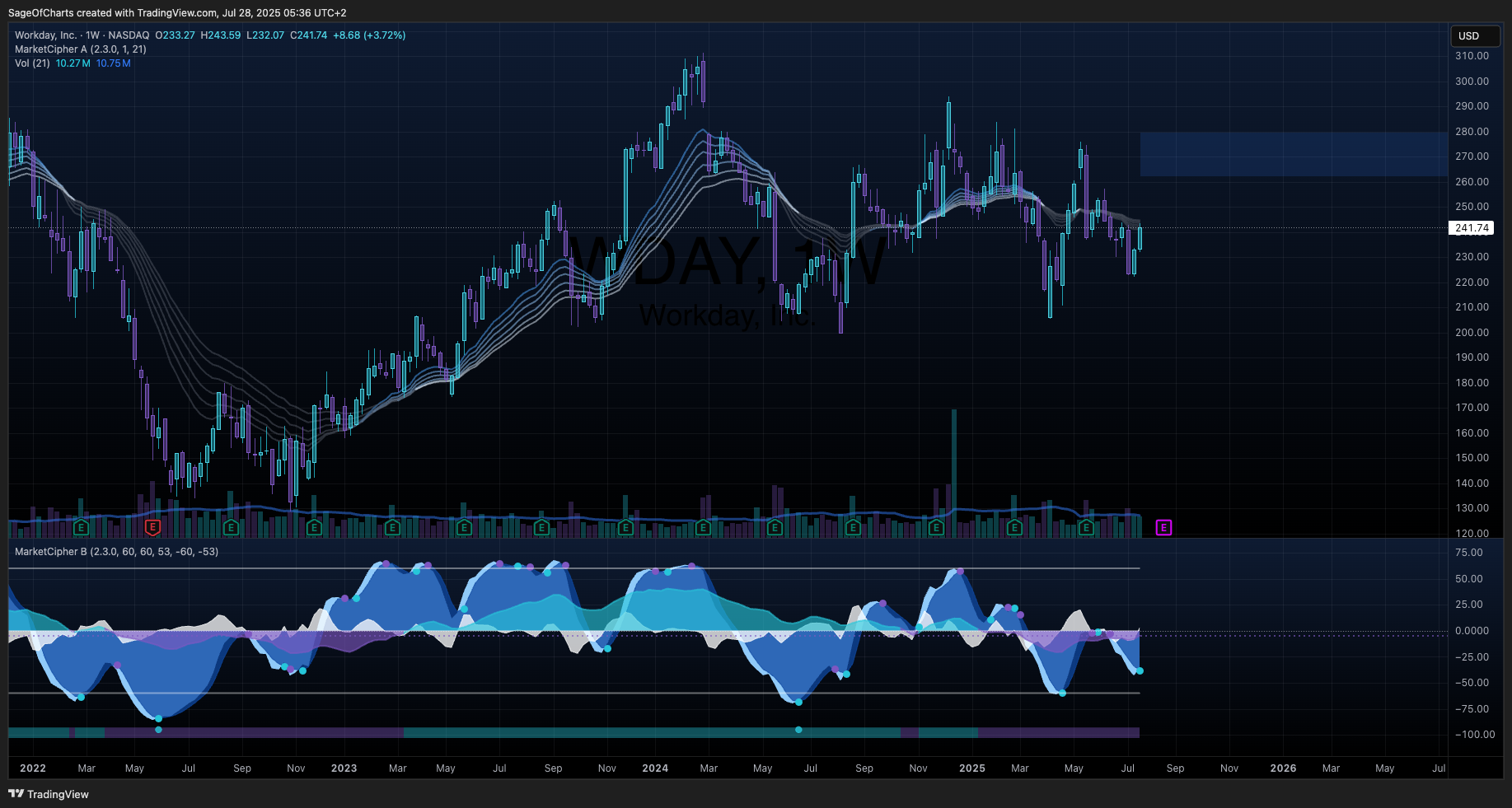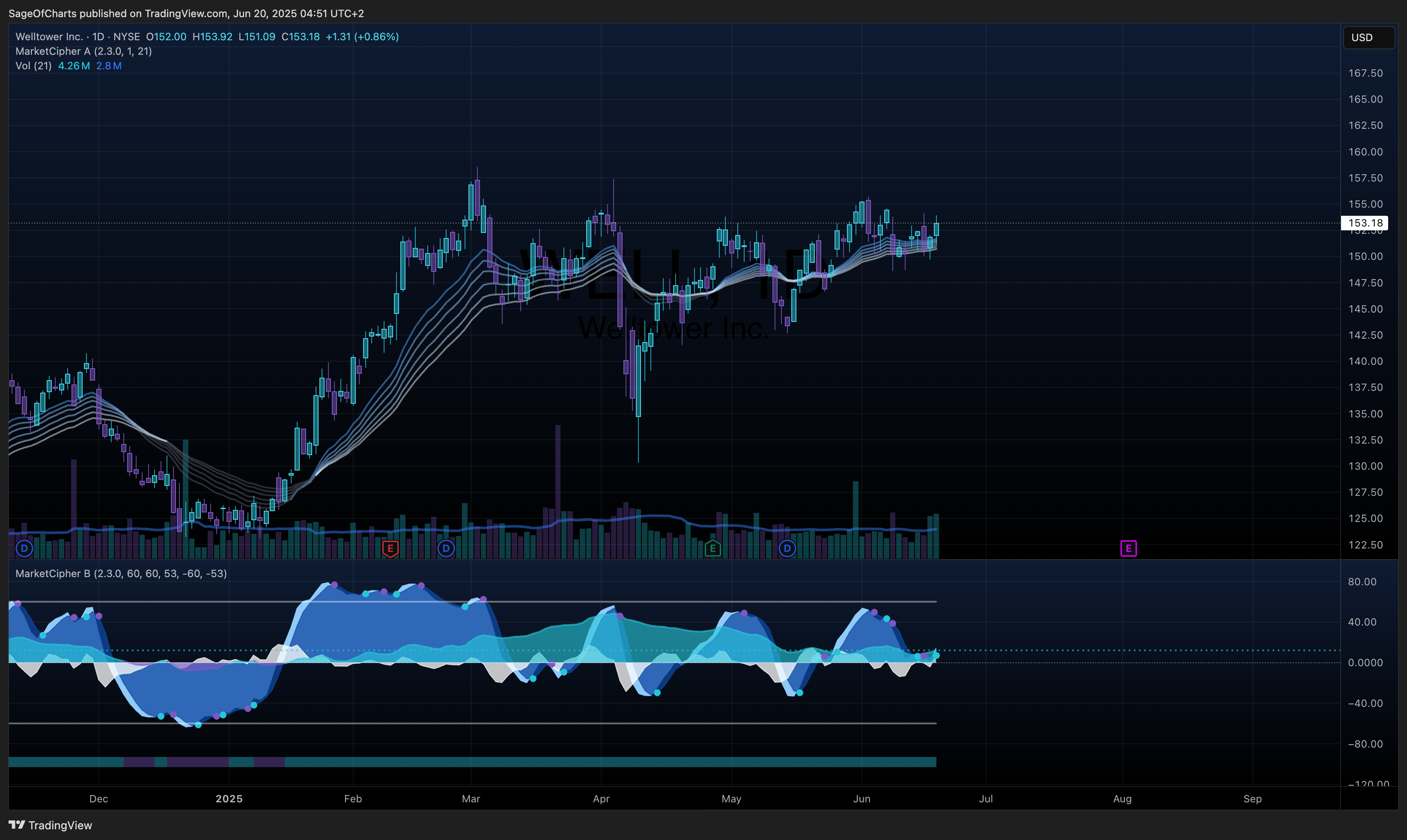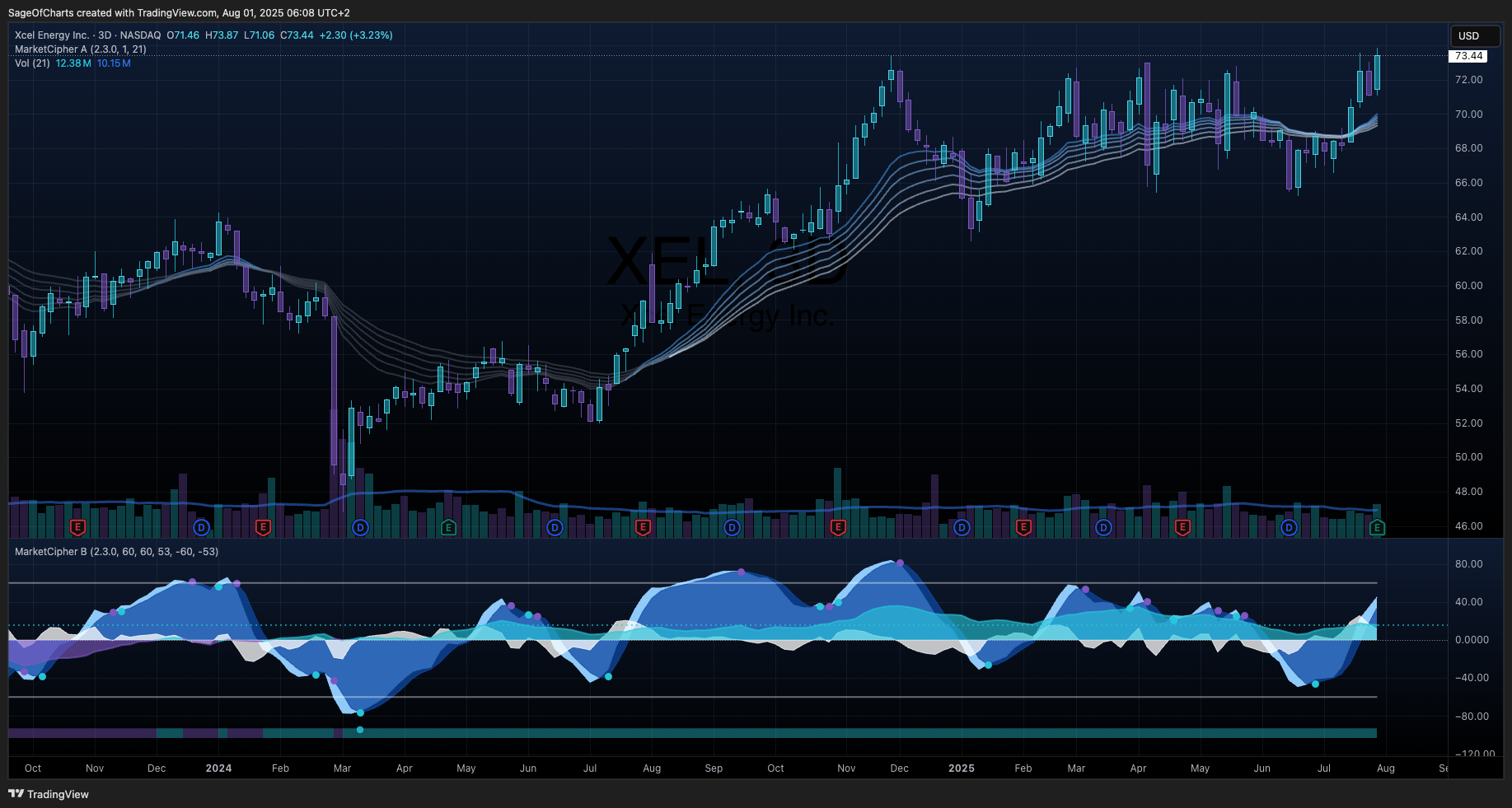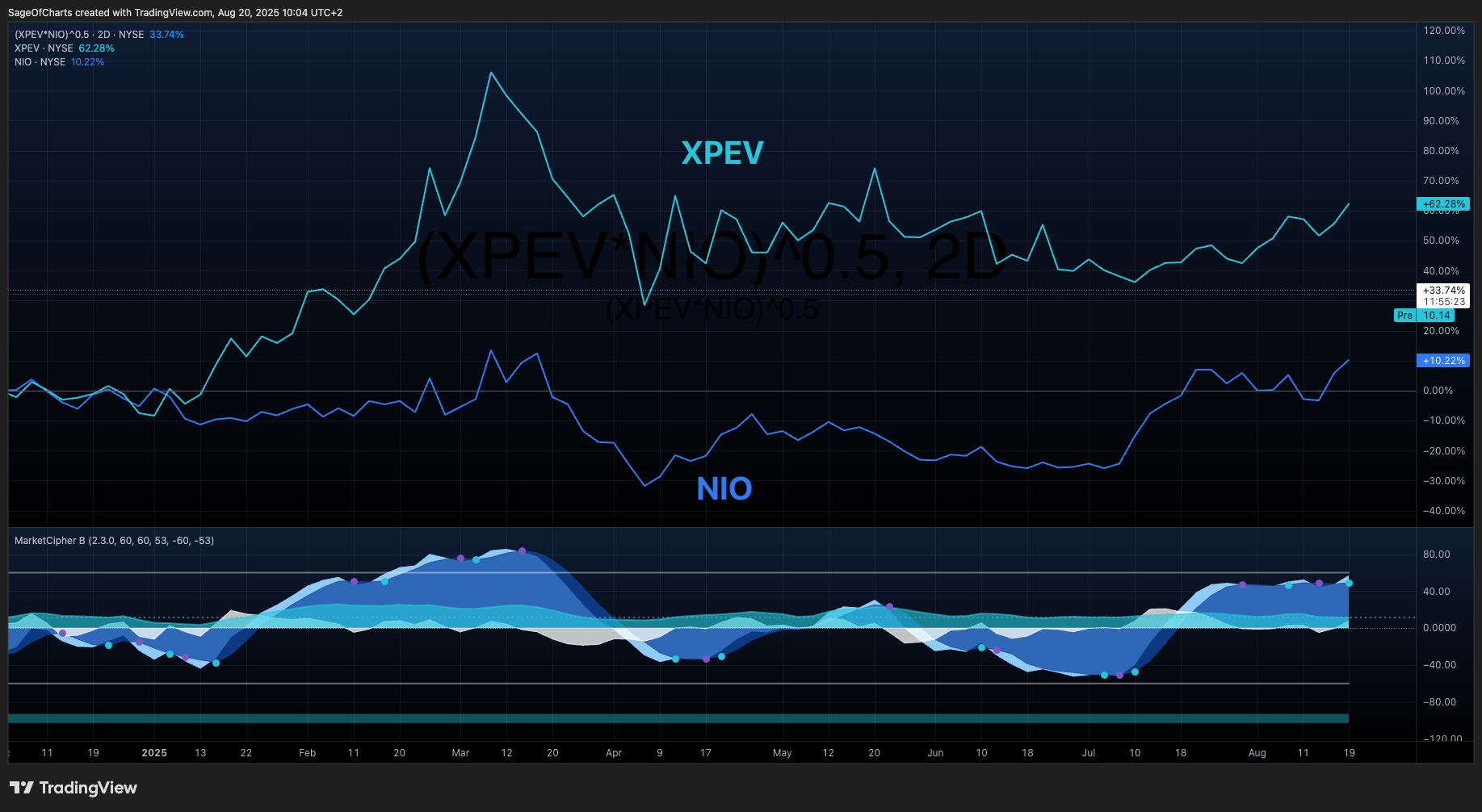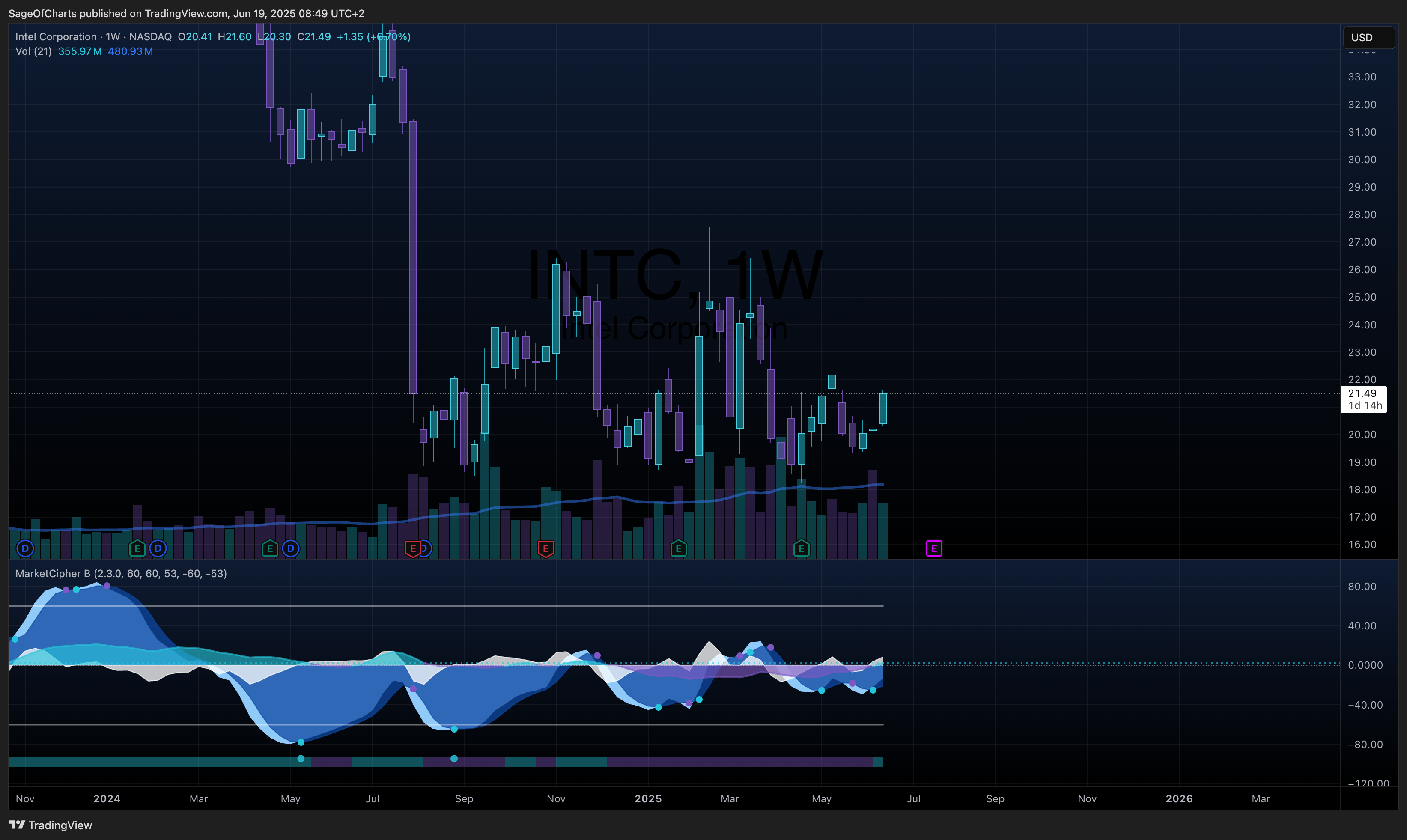
Intel Corporation (INTC) - Fundamental Analysis
- 19 Jun, 2025
- 6 min read
- Investing , Analysis , Fundamental Analysis , Technology , Semiconductors
🎯 Investment Thesis & Recommendation
Core Thesis
Intel presents a contrarian value opportunity trading at severe discounts due to execution missteps, but foundry investments and AI pivot position the company for potential 2025-2026 recovery with substantial upside from current depressed levels.
Recommendation: BUY | Conviction: 0.7/1.0
- Fair Value Range: $28 - $35 (Current: $21.49)
- Expected Return: 45-65% (18-24 month horizon)
- Risk-Adjusted Return: 32% (Sharpe: 0.8)
- Position Size: 3-5% of portfolio
Key Catalysts (Next 12-24 Months)
- 18A Process Node Leadership - Probability: 70% | Impact: $8-12/share
- Foundry Customer Wins - Probability: 60% | Impact: $5-8/share
- AI Accelerator Market Share - Probability: 65% | Impact: $6-10/share
📊 Business Intelligence Dashboard
Business-Specific KPIs
| Metric | Current | 3Y Avg | 5Y Trend | vs Peers | Confidence | Insight |
|---|---|---|---|---|---|---|
| Foundry Revenue | $4.4B | $2.8B | ↑ | Below TSMC | 0.8 | Growing but needs scale |
| Process Leadership | 18A (2025) | 14nm+ | ↑ | Competitive | 0.7 | Technical recovery path |
| x86 Market Share | ~75% | ~78% | ↓ | vs AMD/ARM | 0.9 | Defending core franchise |
| Data Center Revenue | $15.5B | $26B | ↓ | vs NVDA/AMD | 0.8 | Severe market share loss |
| Manufacturing Utilization | ~70% | ~85% | ↓ | Below optimal | 0.8 | Capacity underutilized |
| R&D Intensity | 23.8% | 21.2% | ↑ | Above peers | 0.9 | Heavy tech investment |
Financial Health Scorecard
| Category | Score | Trend | Key Metrics | Red Flags |
|---|---|---|---|---|
| Profitability | D- | ↓ | -36.2% profit margins, -18.1% ROE | Severe earnings decline |
| Balance Sheet | C+ | → | 1.31 current ratio, 47.1 D/E | High debt but manageable |
| Cash Flow | C | ↓ | Positive operating CF, reduced FCF | Investment phase impact |
| Capital Efficiency | D | ↓ | -1.1% ROA, low asset turnover | Poor capital deployment |
🏆 Competitive Position Analysis
Moat Assessment
| Competitive Advantage | Strength | Durability | Evidence | Confidence |
|---|---|---|---|---|
| x86 Architecture Ecosystem | High | Medium | 75% market share, software compatibility | 0.9 |
| Manufacturing Scale | Medium | High | $100B+ fab investments, advanced nodes | 0.8 |
| Technology IP Portfolio | High | High | 15,000+ patents, process leadership history | 0.9 |
| Customer Switching Costs | Medium | Medium | Validation cycles, software optimization | 0.7 |
Industry Dynamics
- Market Growth: 8% CAGR | TAM: $574B semiconductors
- Competitive Intensity: High | Intense competition from TSMC, NVIDIA, AMD
- Disruption Risk: High | AI acceleration, ARM adoption, geopolitical shifts
- Regulatory Outlook: Favorable | CHIPS Act support, manufacturing incentives
📈 Valuation Analysis
Multi-Method Valuation
| Method | Fair Value | Weight | Confidence | Key Assumptions |
|---|---|---|---|---|
| DCF | $32 | 40% | 0.7/1.0 | 15% WACC, 2026 recovery, 3% terminal growth |
| Comps | $28 | 35% | 0.8/1.0 | 2.5x P/S, 18x P/E on normalized earnings |
| Sum-of-Parts | $35 | 25% | 0.6/1.0 | Foundry $15B value, Client $20B value |
| Weighted Average | $31 | 100% | 0.7/1.0 | - |
Scenario Analysis
| Scenario | Probability | Price Target | Return | Key Drivers |
|---|---|---|---|---|
| Bear | 25% | $18 | -16% | Failed foundry, continued share loss |
| Base | 50% | $31 | +44% | Foundry momentum, AI traction |
| Bull | 25% | $42 | +95% | Process leadership, major foundry wins |
| Expected Value | 100% | $31 | +44% | - |
⚠️ Risk Matrix
Quantified Risk Assessment
| Risk Factor | Probability | Impact | Risk Score | Mitigation | Monitoring |
|---|---|---|---|---|---|
| Foundry Execution Failure | 0.4 | 4 | 1.6 | Diversified customer base | Quarterly customer wins |
| Technology Leadership Loss | 0.3 | 5 | 1.5 | 18A process advantage | Benchmark vs TSMC |
| Geopolitical Restrictions | 0.2 | 4 | 0.8 | US manufacturing focus | Trade policy changes |
| Market Share Erosion | 0.5 | 3 | 1.5 | Innovation acceleration | Quarterly market data |
| Capital Deployment Risk | 0.3 | 3 | 0.9 | Focused fab strategy | ROI tracking |
Sensitivity Analysis
Key variables impact on fair value:
- Foundry Revenue Growth: ±10% change = ±$3.2 (10.3%)
- Operating Margin Recovery: ±5pp change = ±$4.8 (15.5%)
- Market Multiple Expansion: ±2x P/S = ±$6.4 (20.6%)
📋 Analysis Metadata
Data Sources & Quality:
- Primary Sources: Yahoo Finance (0.9), Company filings (0.8)
- Data Completeness: 85%
- Latest Data Point: June 19, 2025
- Data Freshness: Real-time market data as of analysis date
Methodology Notes:
- DCF assumes 2026 margin recovery to 15% operating margins
- Foundry business valued separately given strategic importance
- Conservative terminal growth reflects mature semiconductor industry
- Forward P/E suggests market expects 2025-2026 earnings recovery
Key Investment Considerations
Strengths
- Trading at severe discount to intrinsic value
- Substantial government support via CHIPS Act
- Strong balance sheet can fund turnaround
- Clear strategic direction with foundry focus
- Patent portfolio provides defensive moat
Risks
- Execution risk on 18A process technology
- Intense competition from TSMC, NVIDIA
- High capital intensity of foundry business
- Geopolitical semiconductor dynamics
- Management credibility following recent missteps
Catalyst Timeline
- Q4 2025: 18A process node production readiness
- Q1 2026: Major foundry customer announcements expected
- Q2 2026: AI accelerator product launches
- Q3 2026: Foundry revenue inflection point
Investment Conclusion
This analysis represents a high-conviction contrarian position based on Intel’s transformation potential and attractive risk-adjusted return profile at current valuations. While execution risks remain significant, the combination of government support, foundry transformation, and severe undervaluation creates a compelling asymmetric opportunity.
The 44% expected return reflects the balance between substantial upside potential in success scenarios and meaningful downside protection from current depressed levels. For investors with appropriate risk tolerance and 18-24 month investment horizons, Intel presents one of the more attractive risk-adjusted opportunities in the semiconductor space.
Disclaimer: This analysis is for informational purposes only and should not be considered personalized investment advice. Past performance does not guarantee future results. All investments carry risk of loss.
